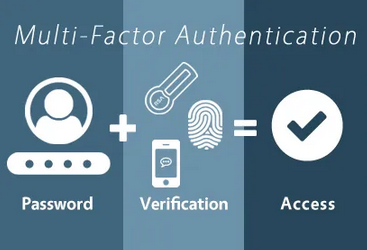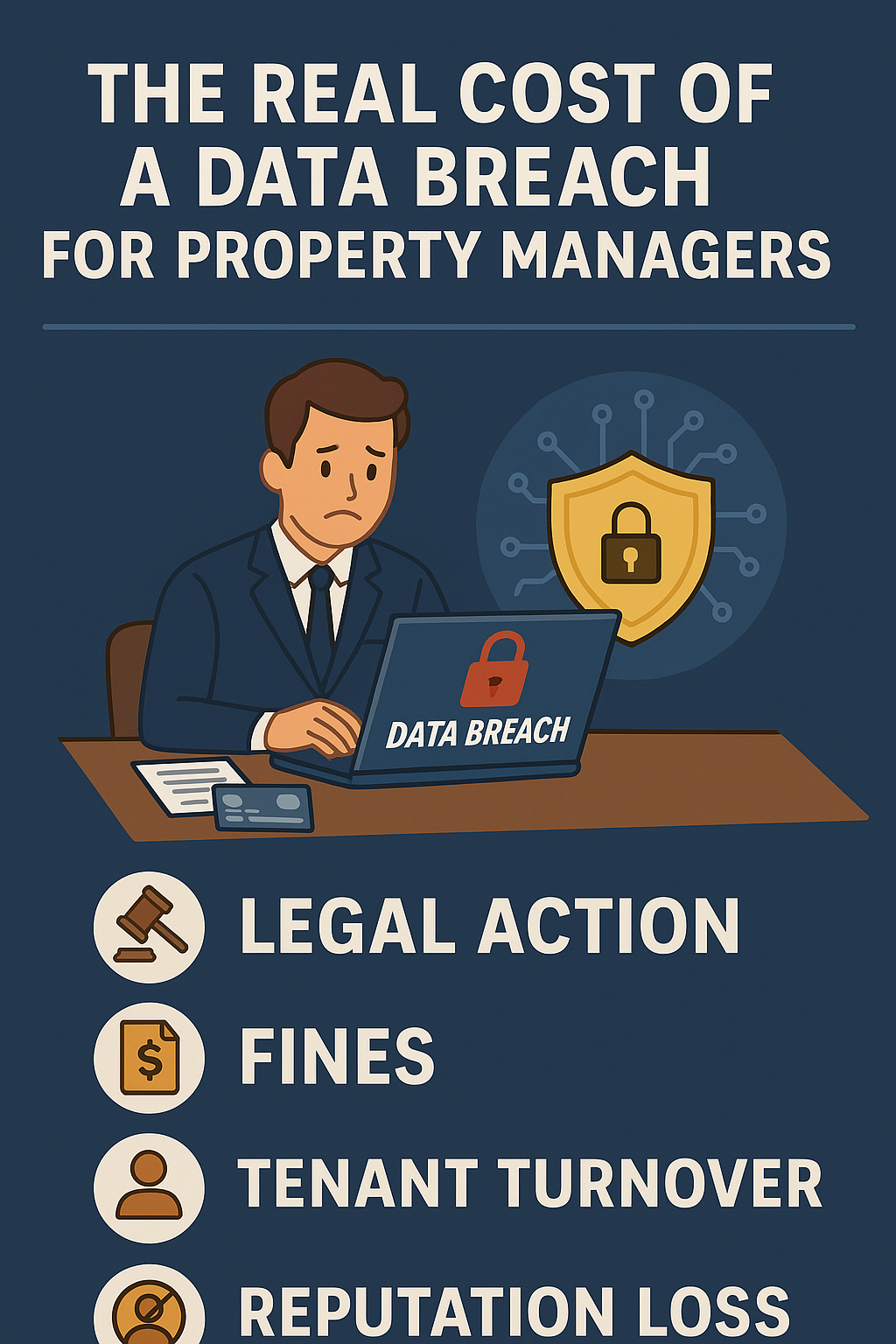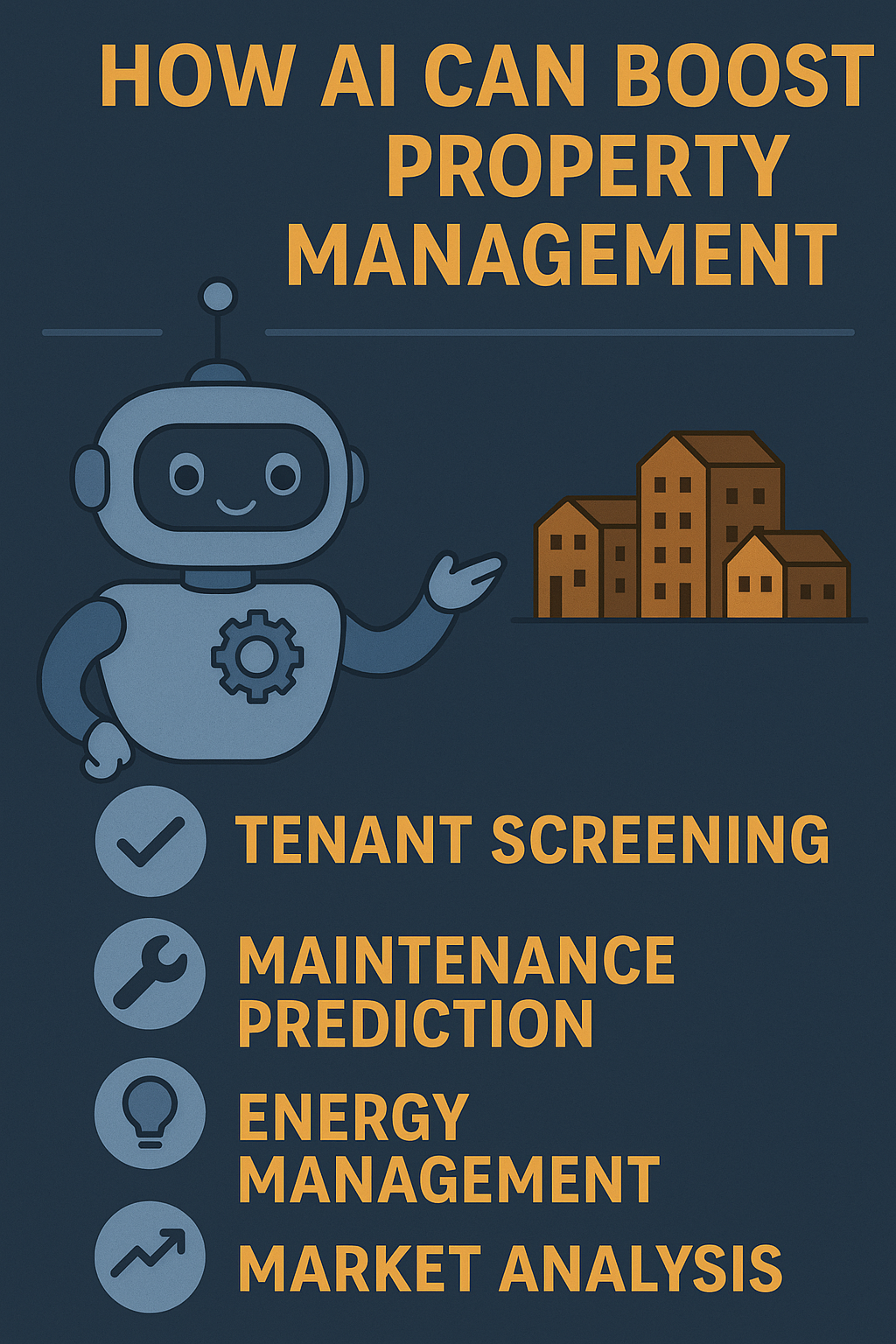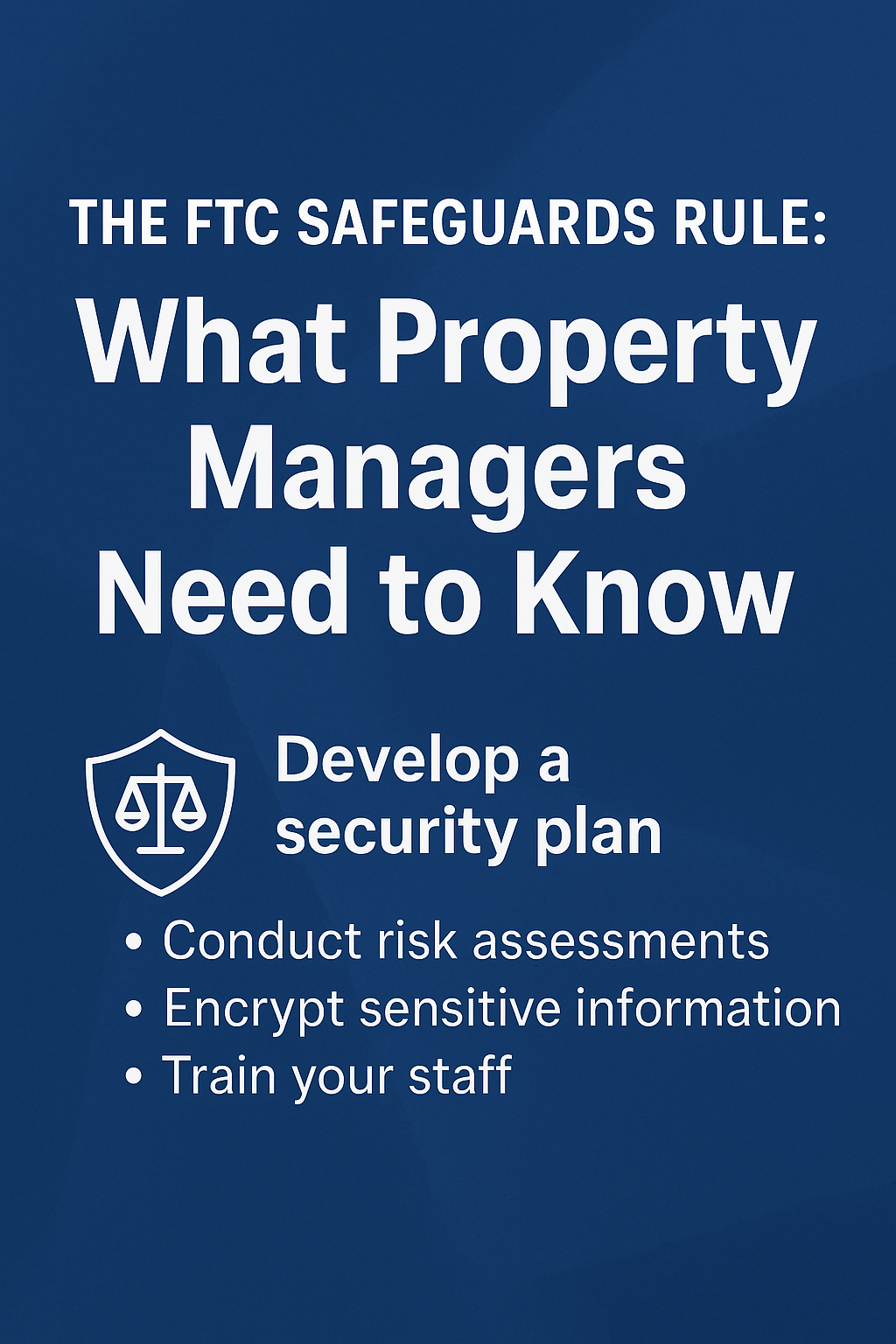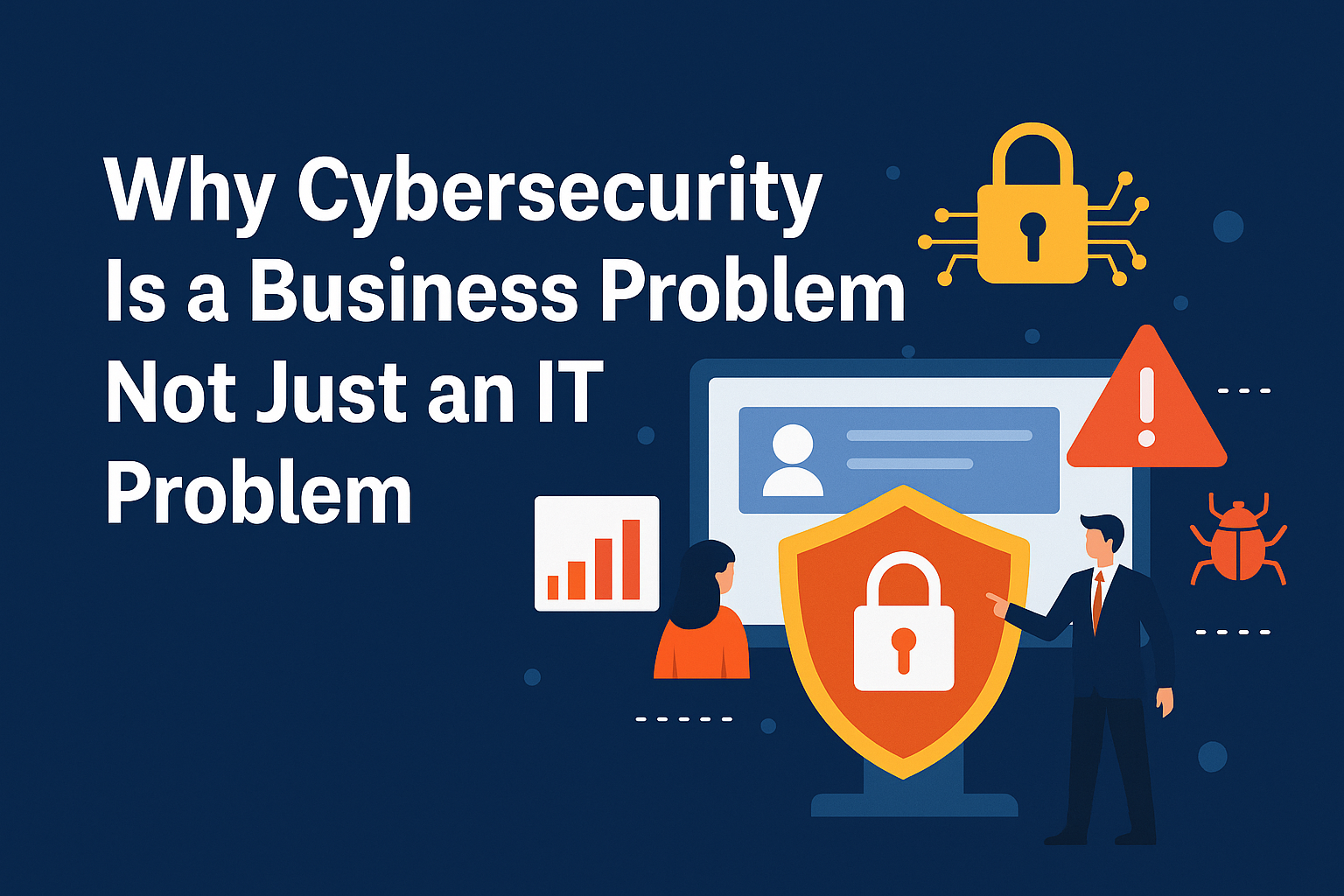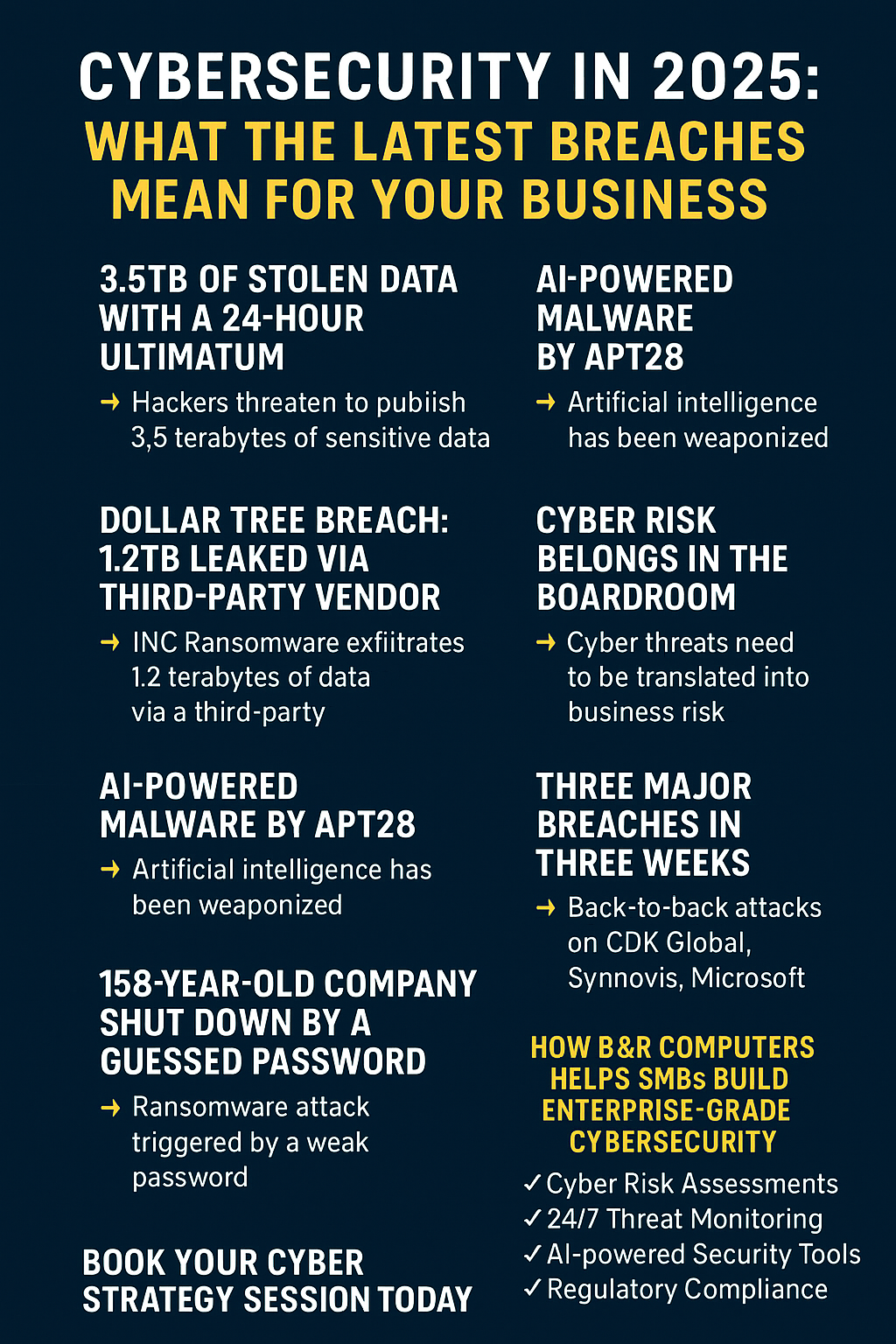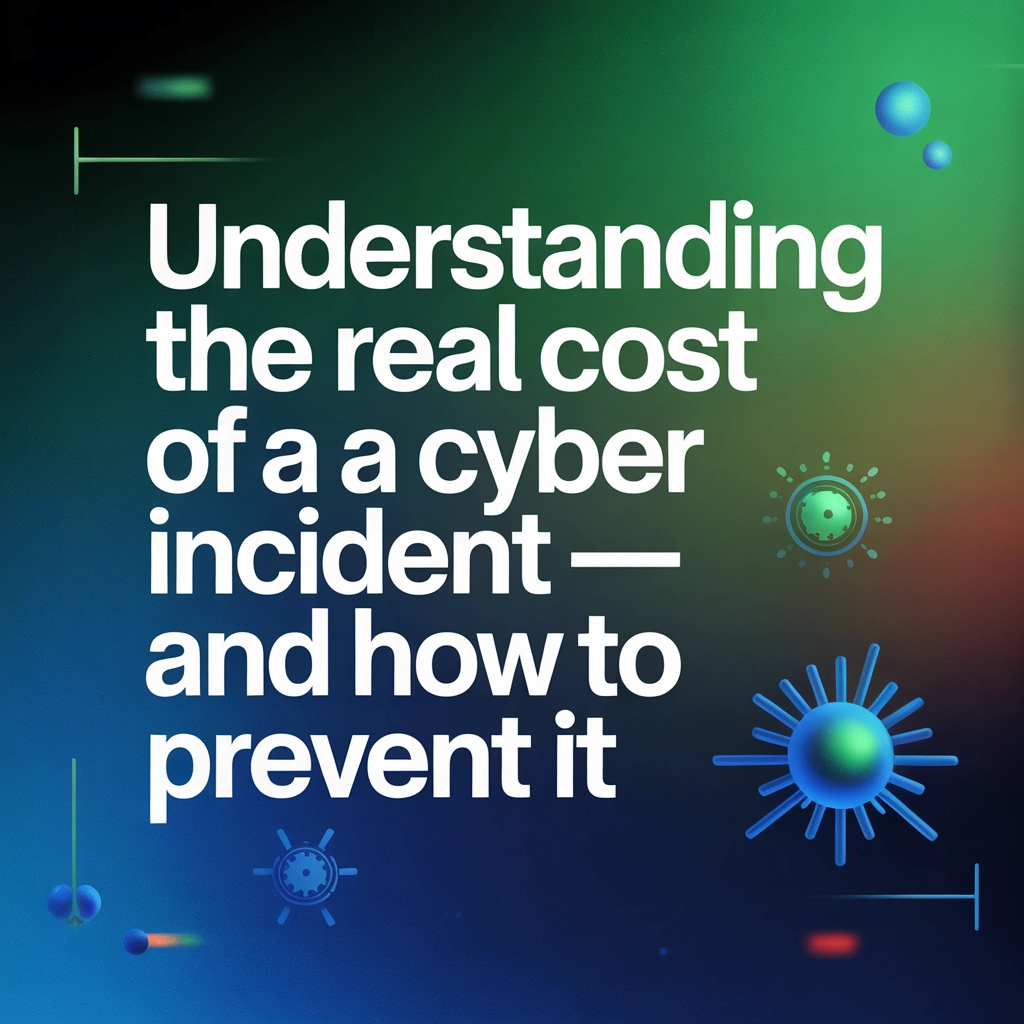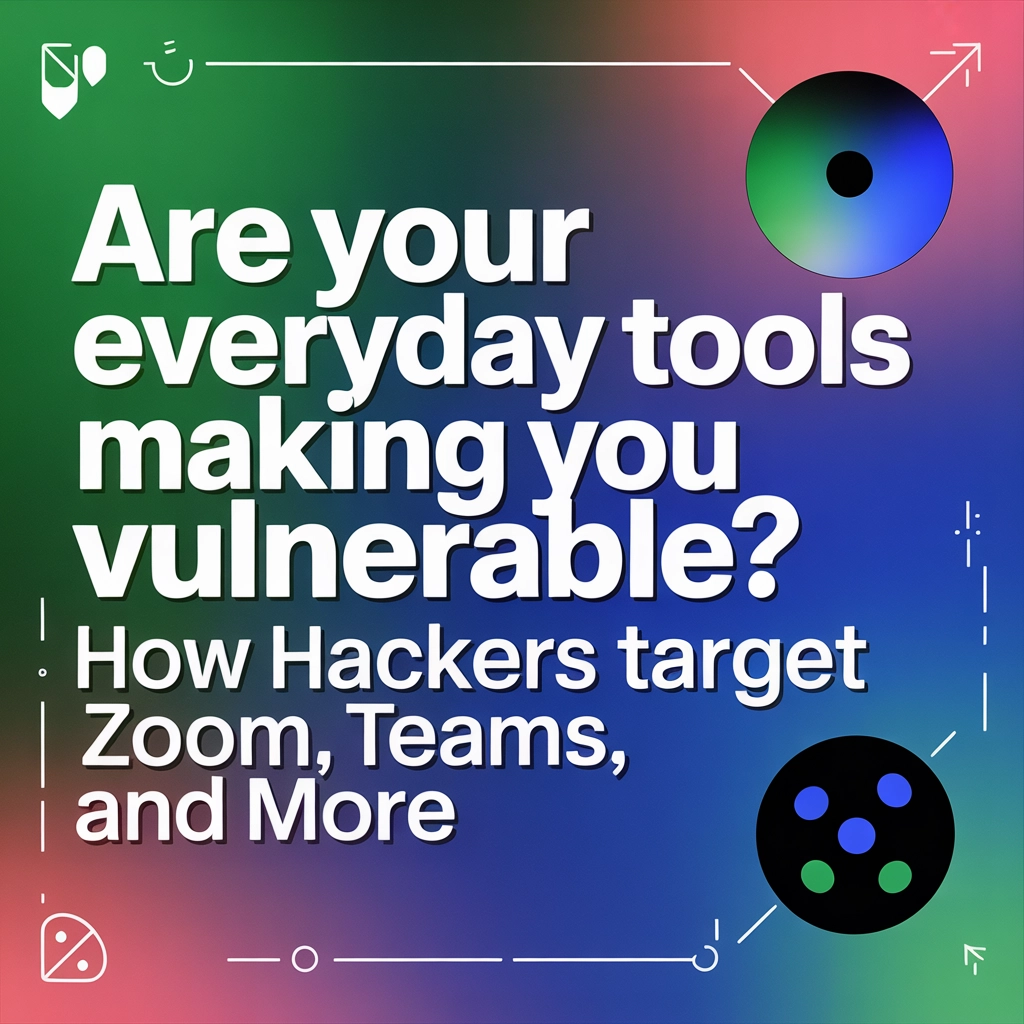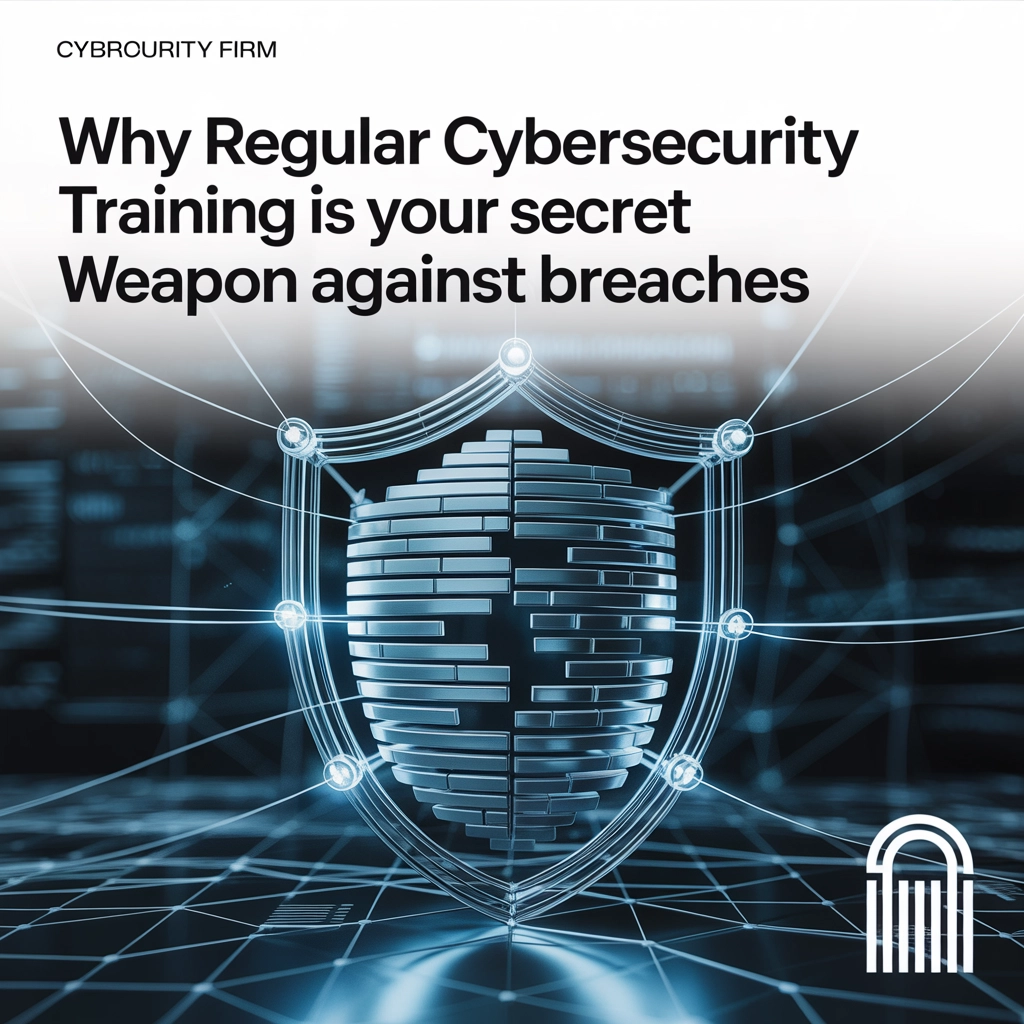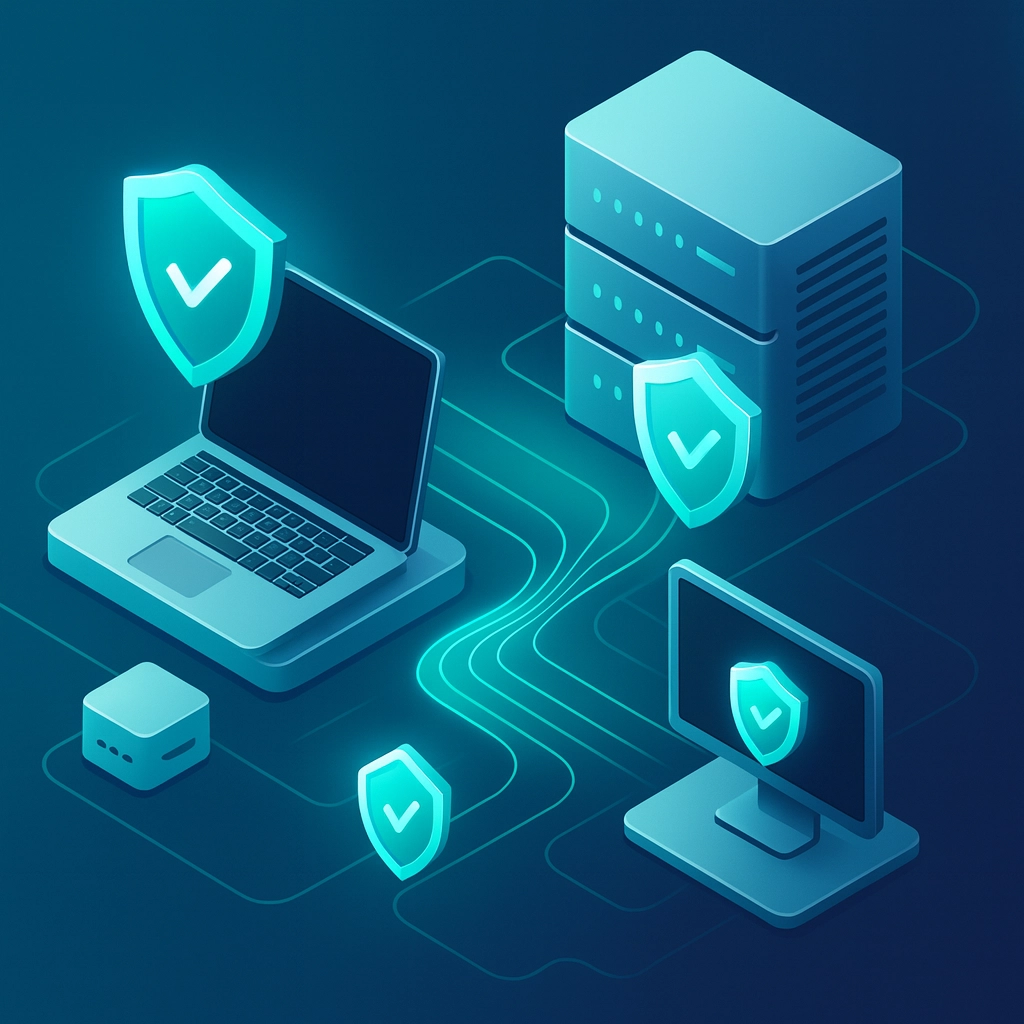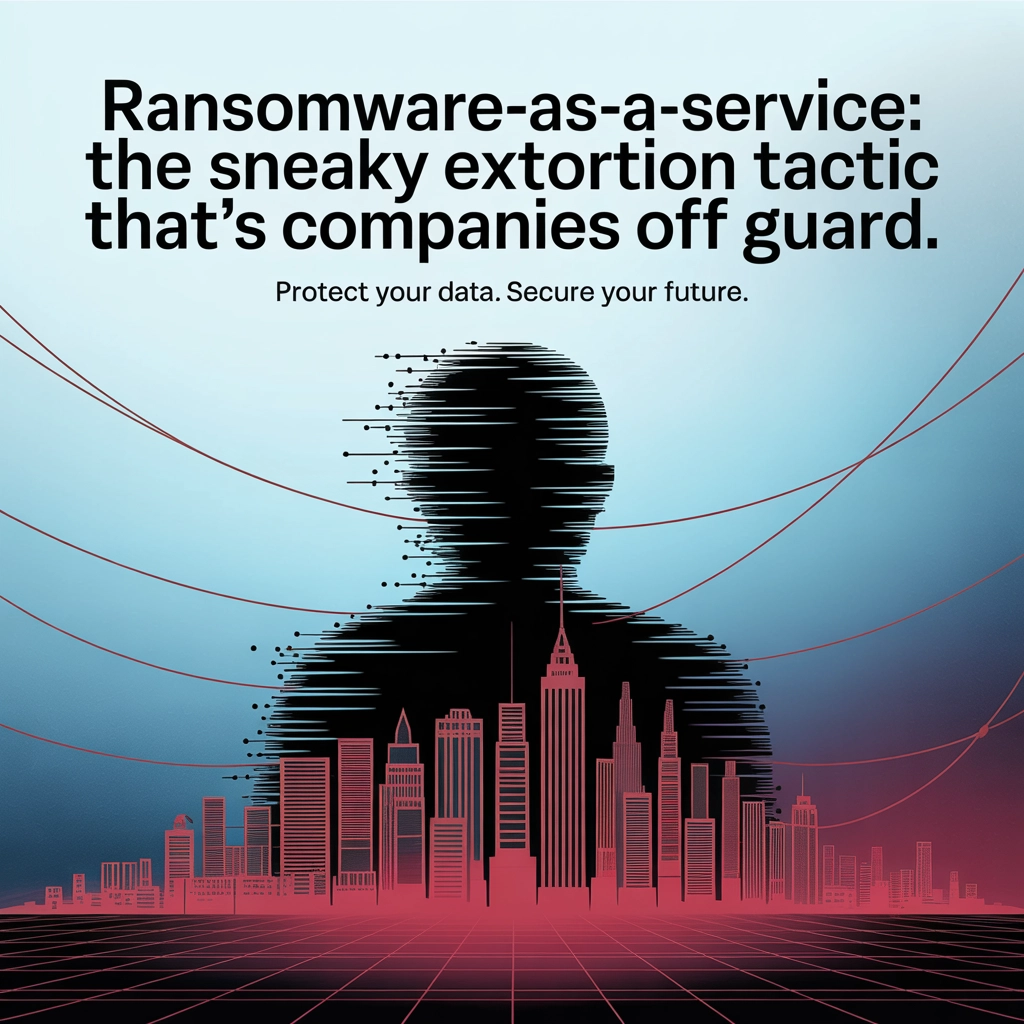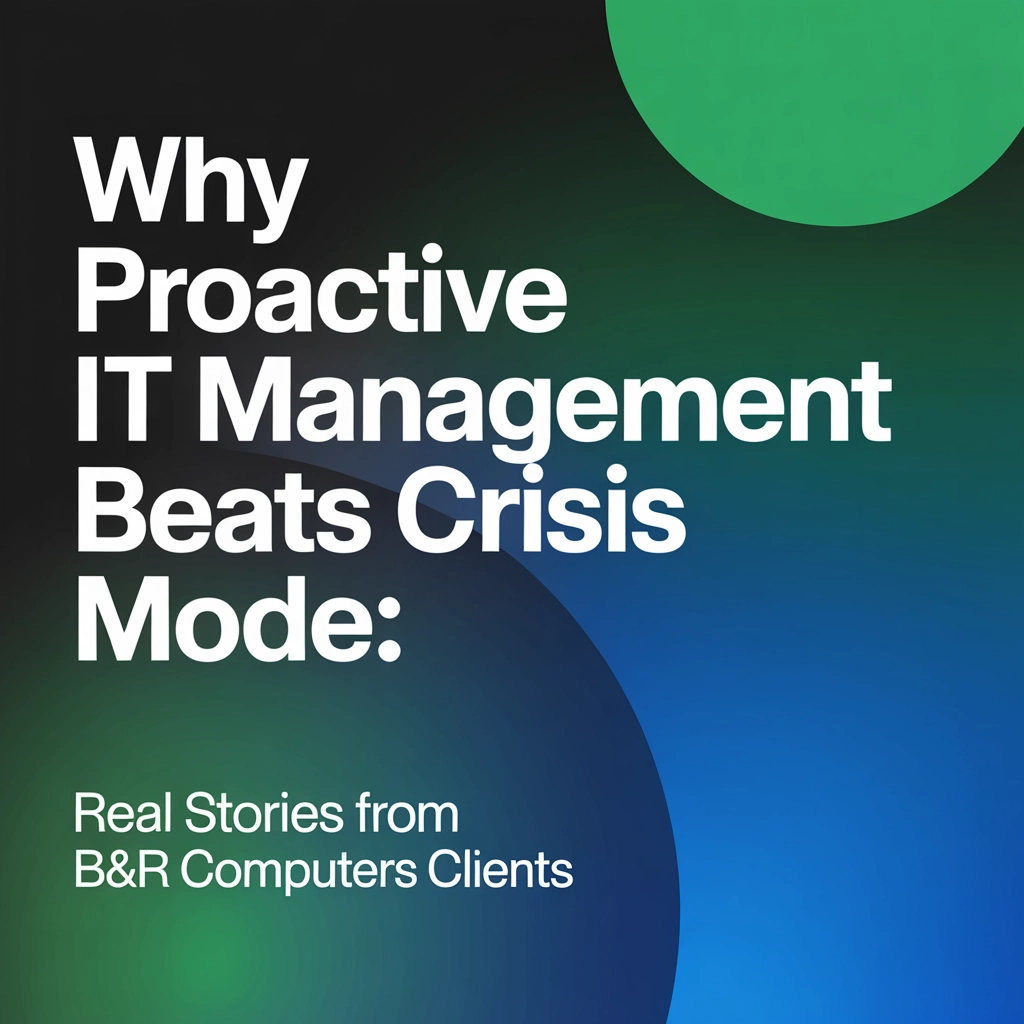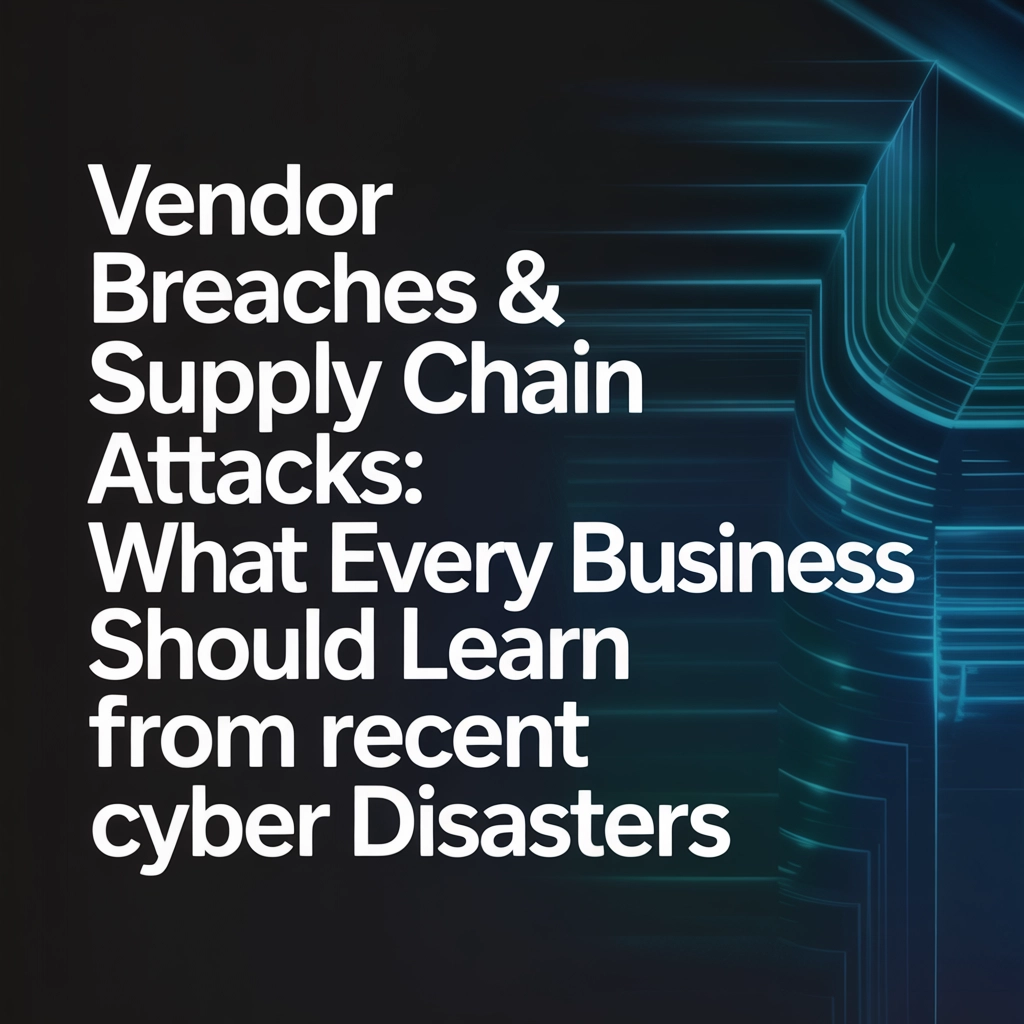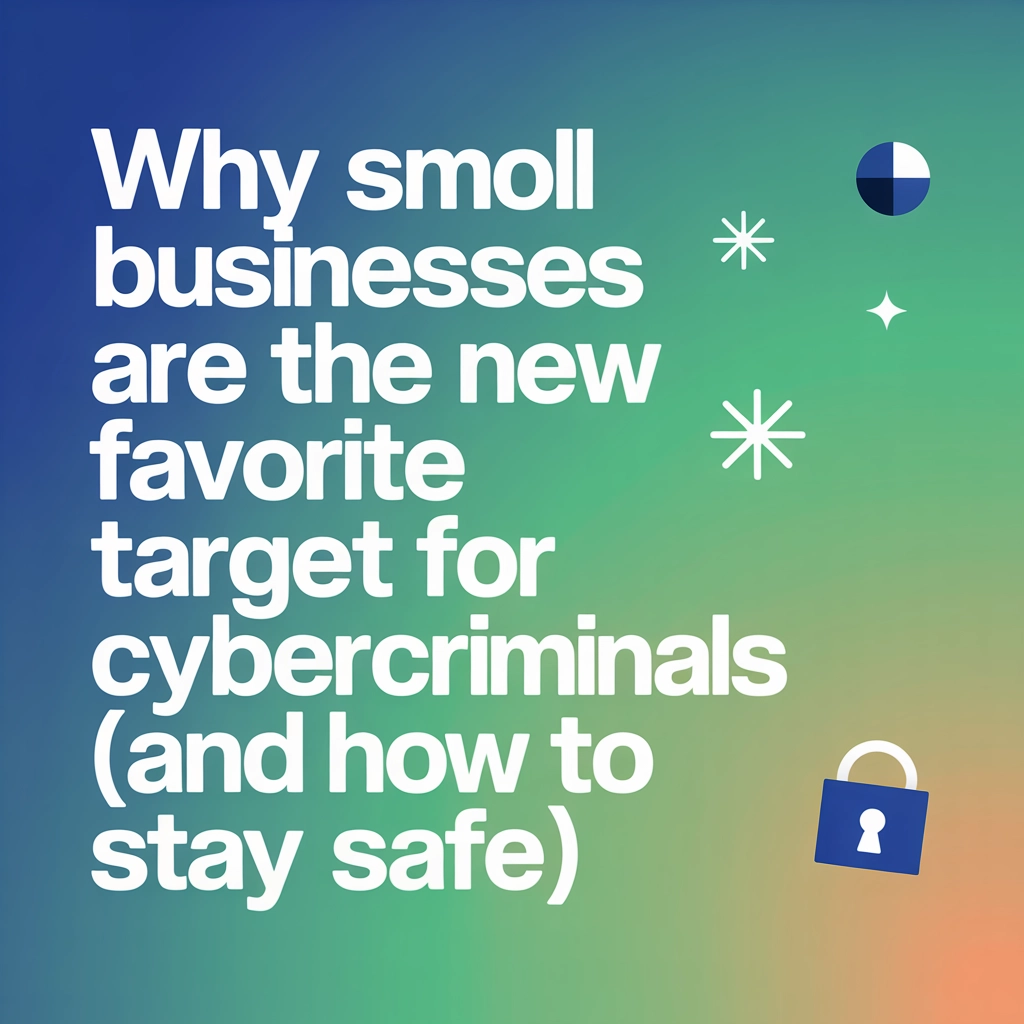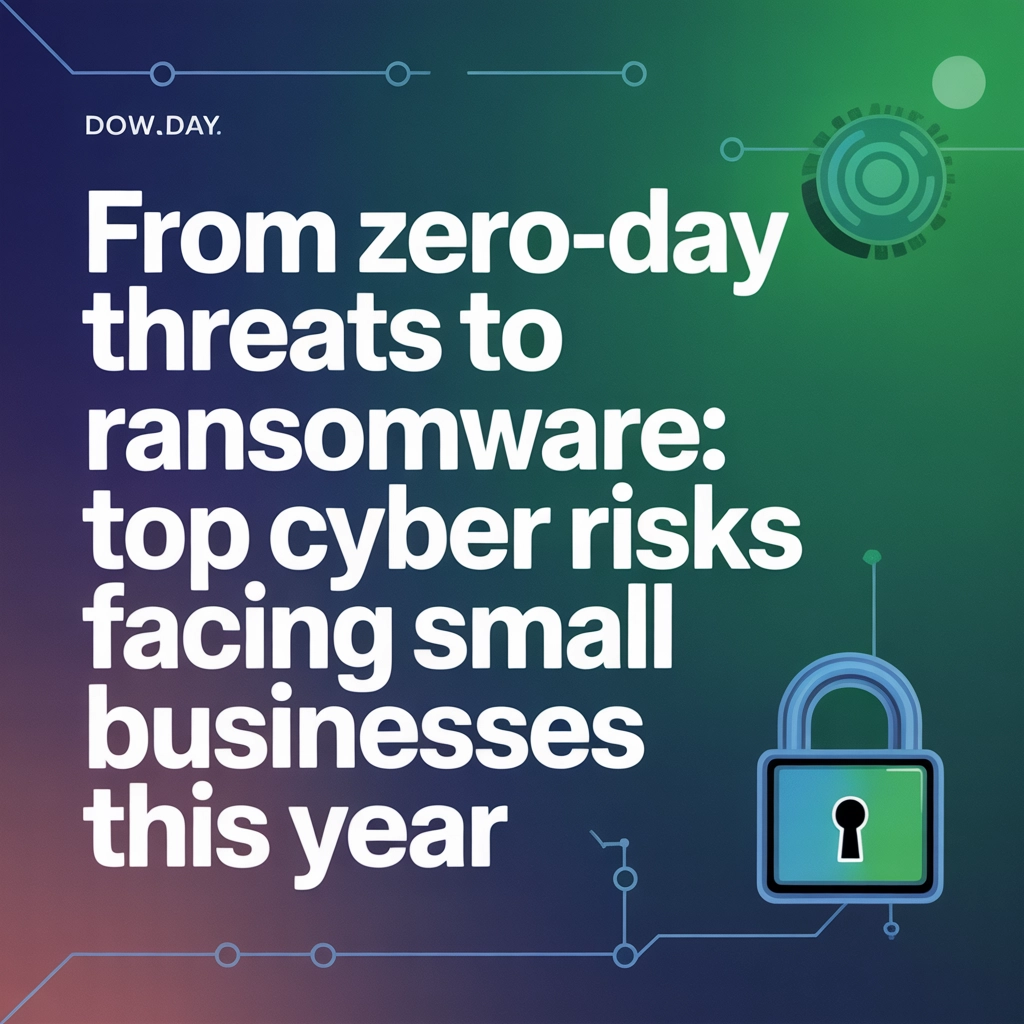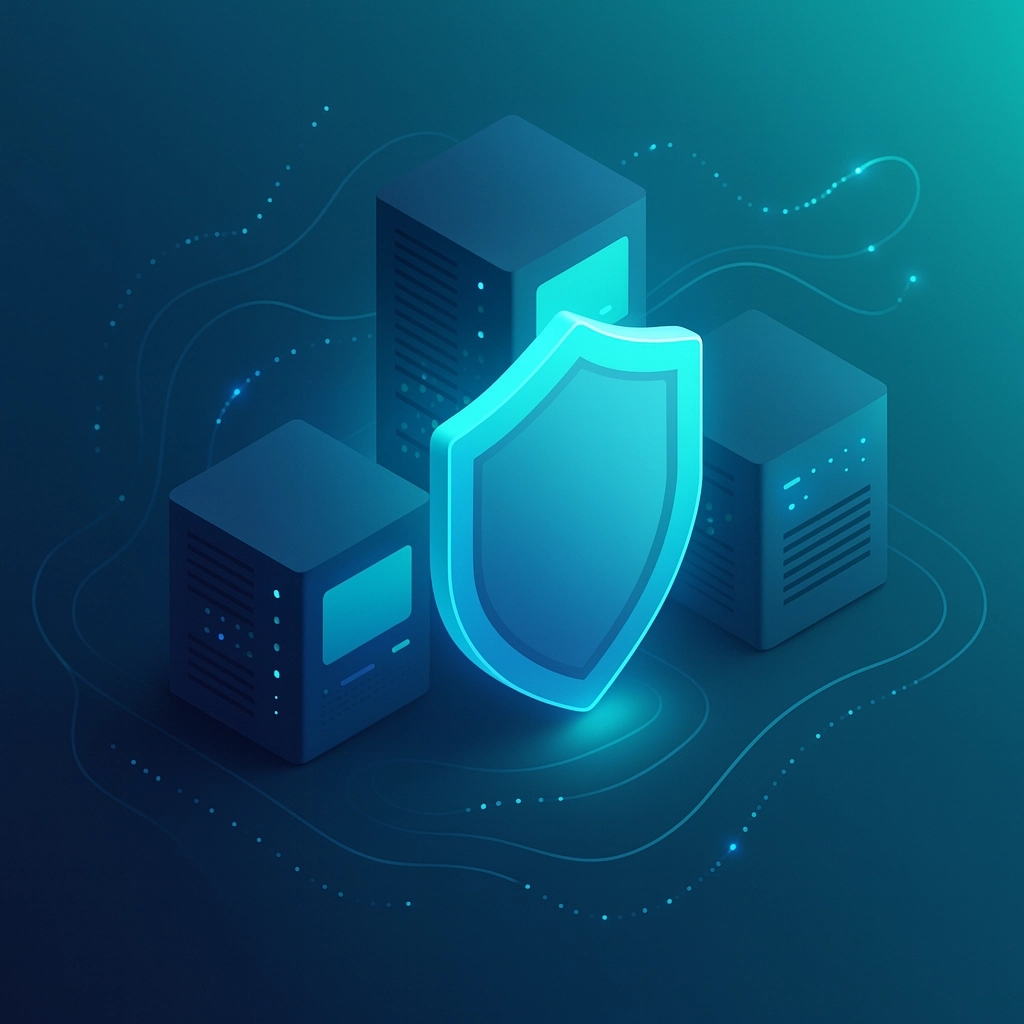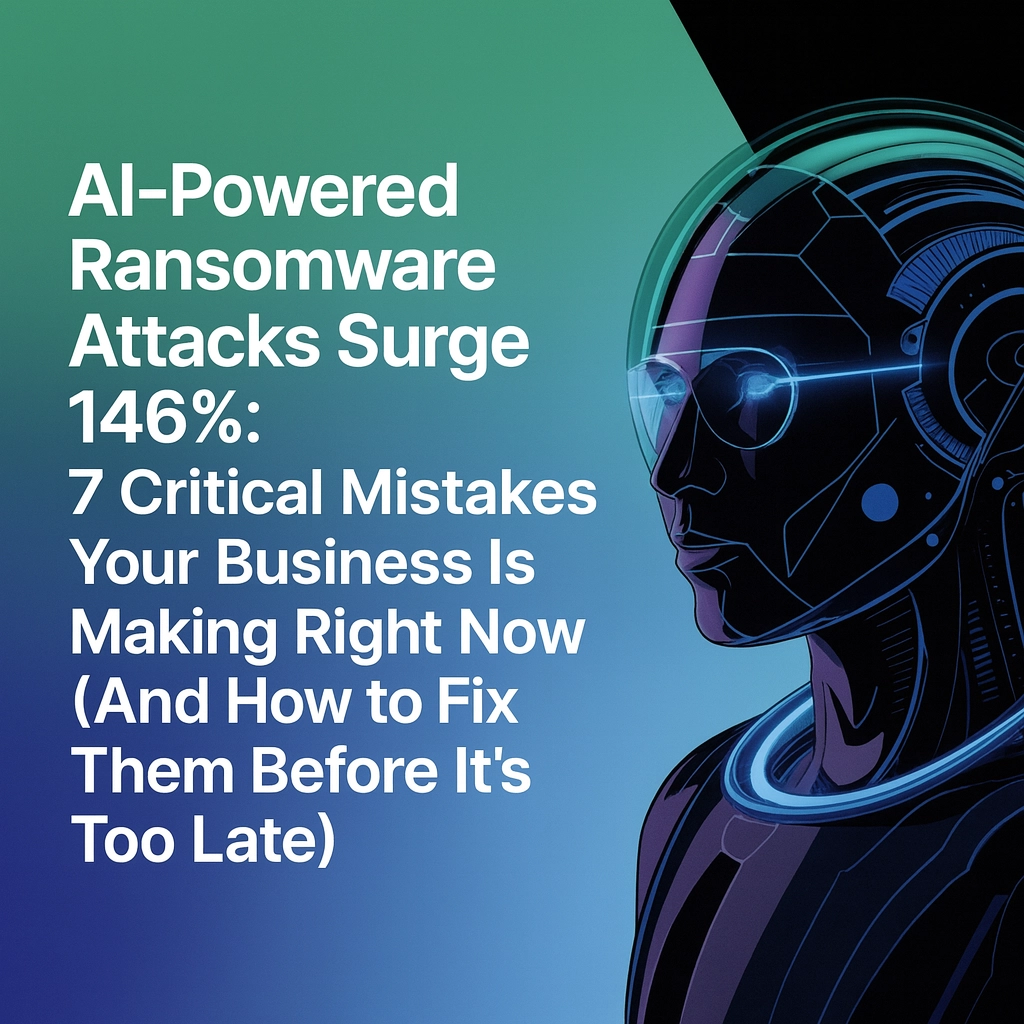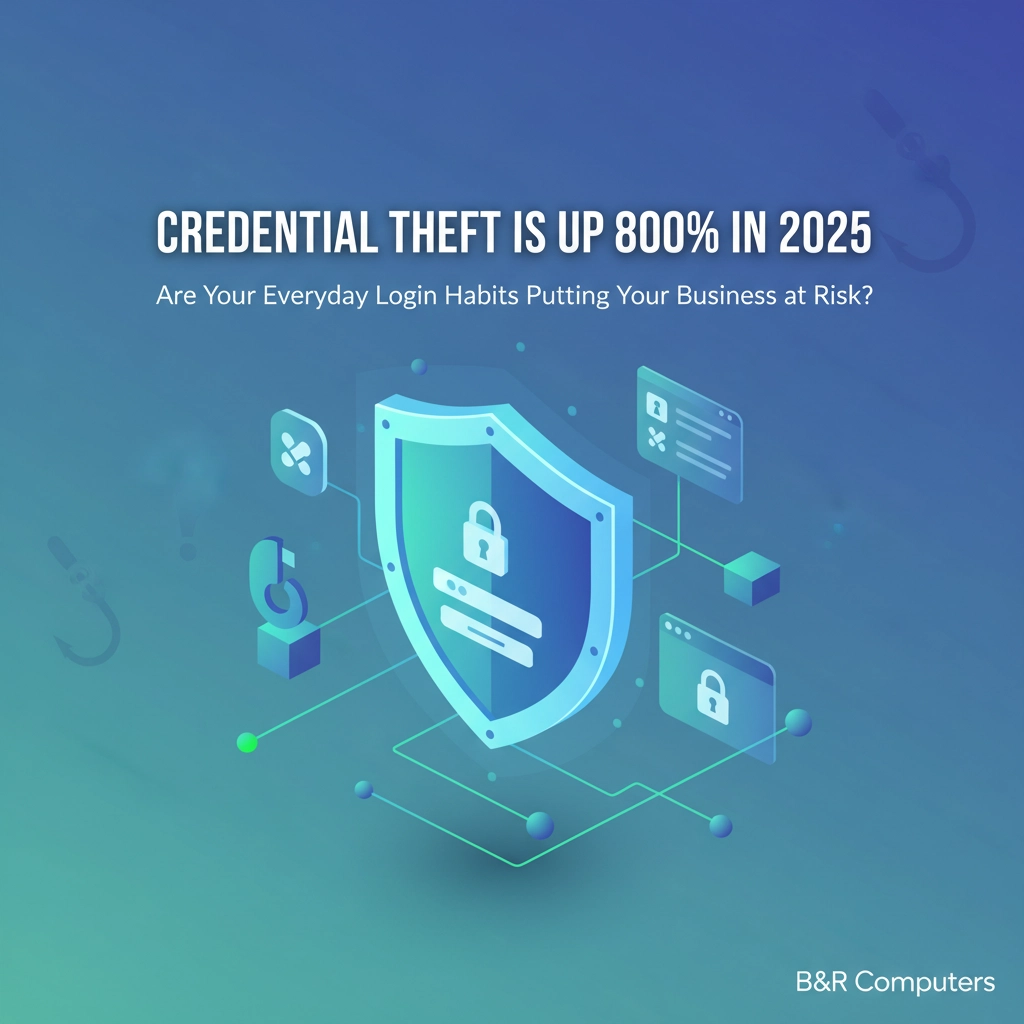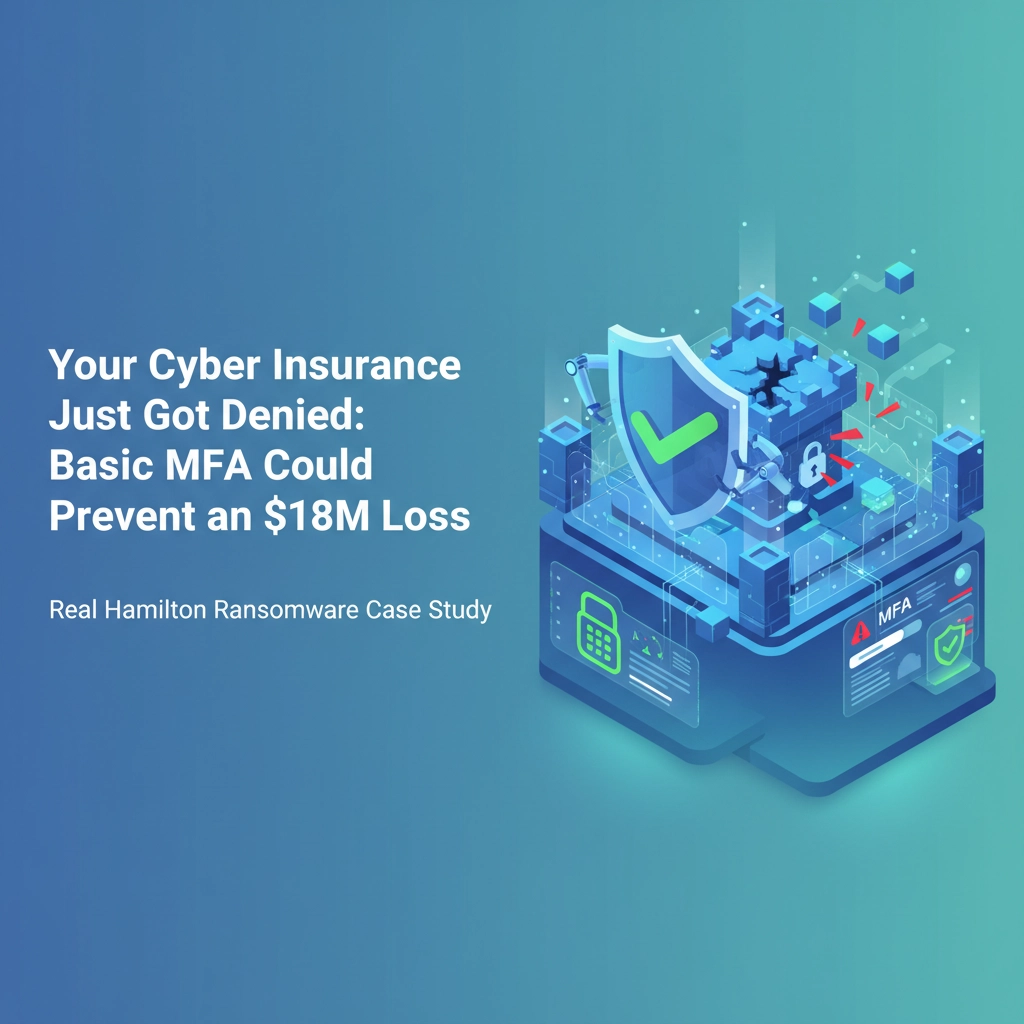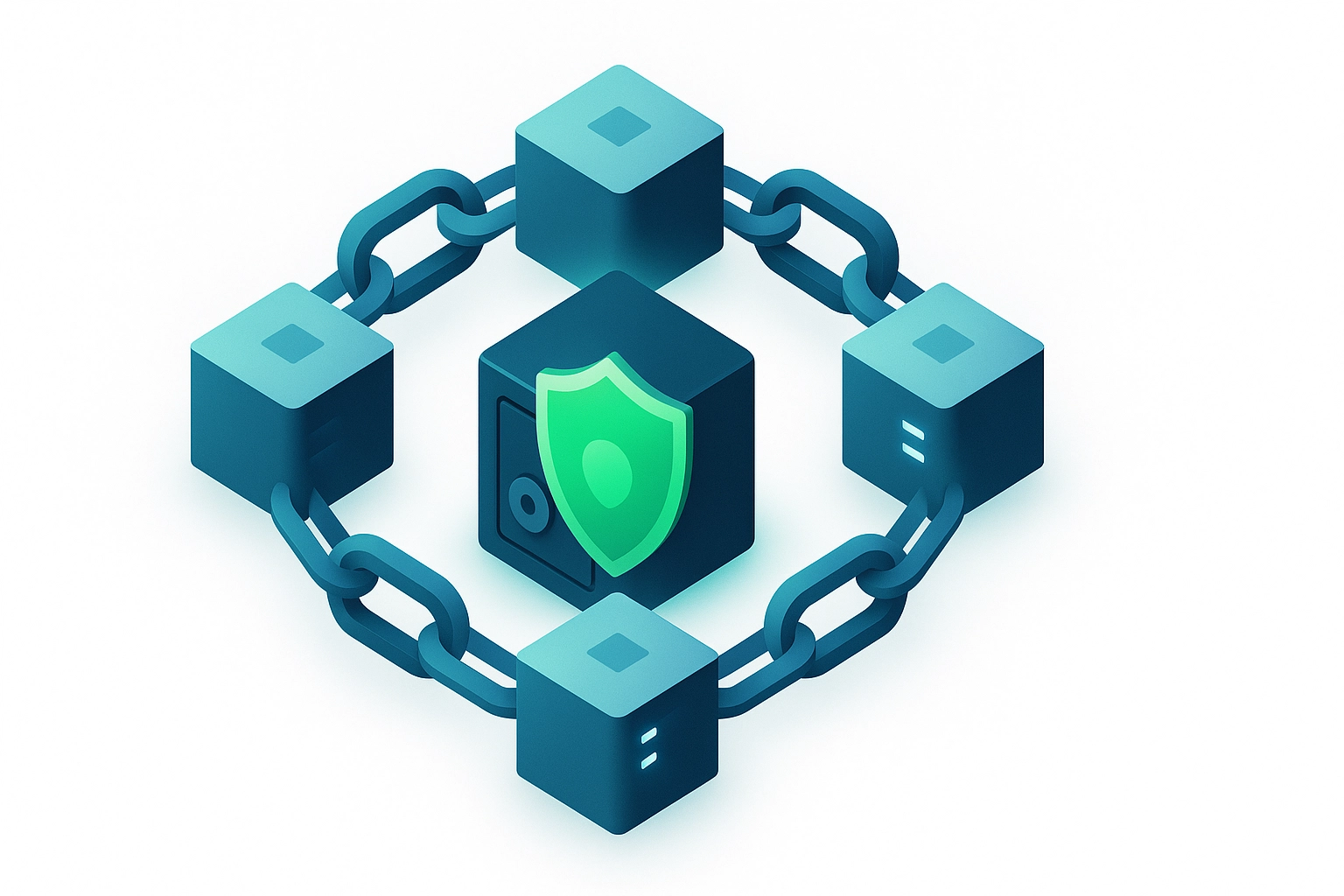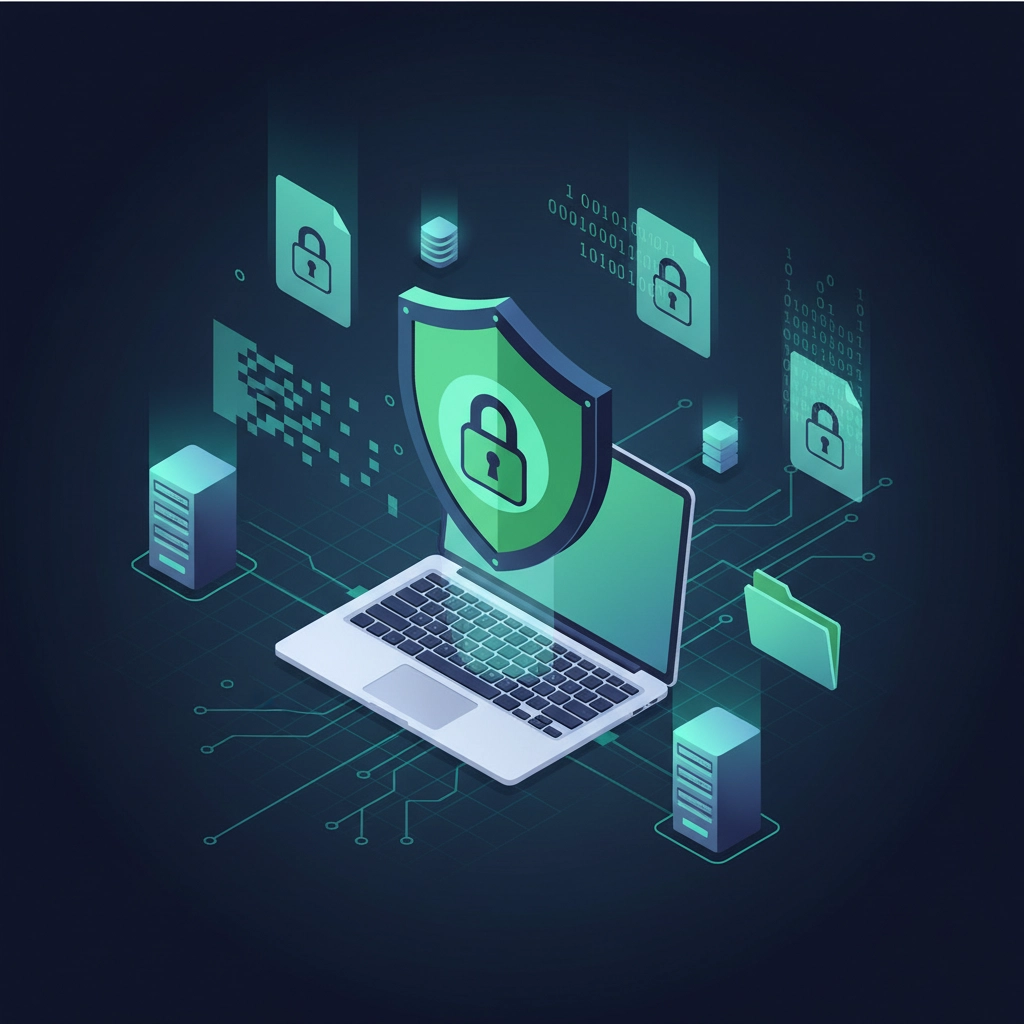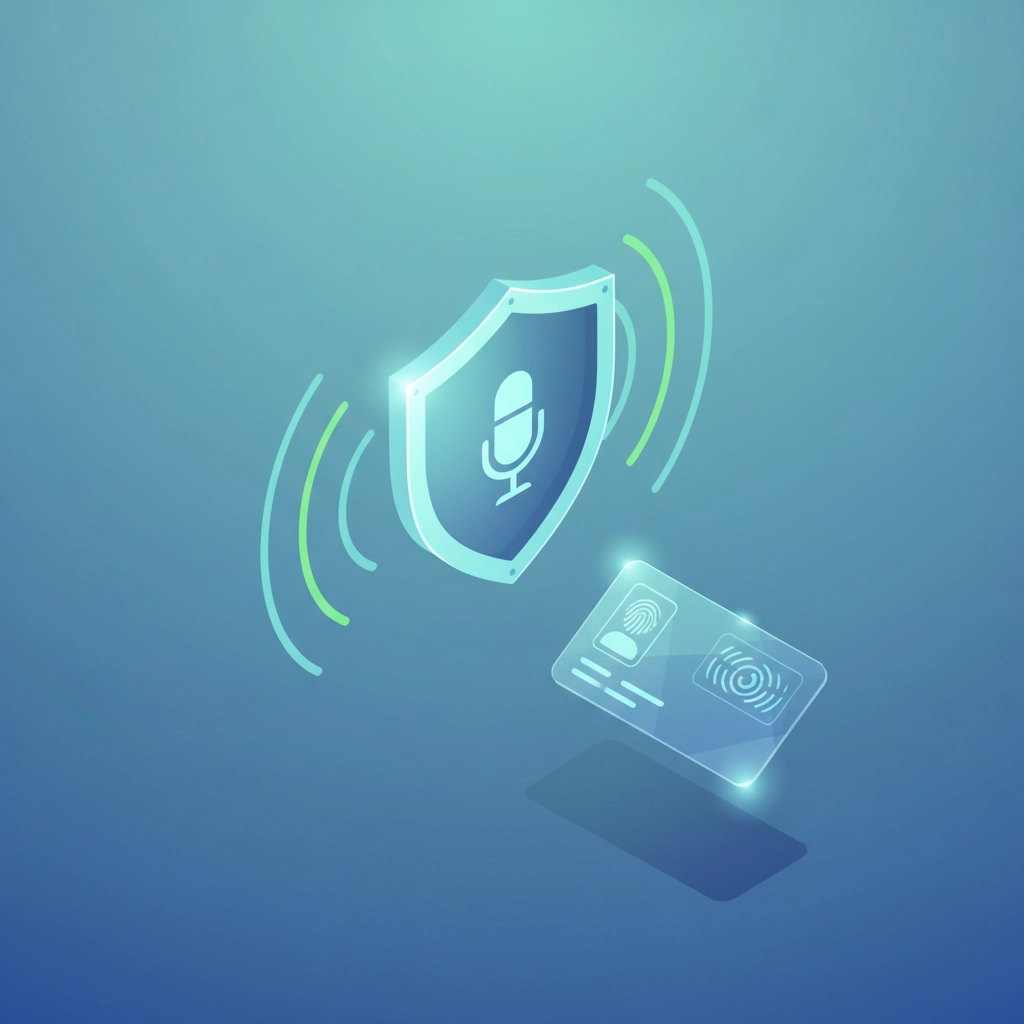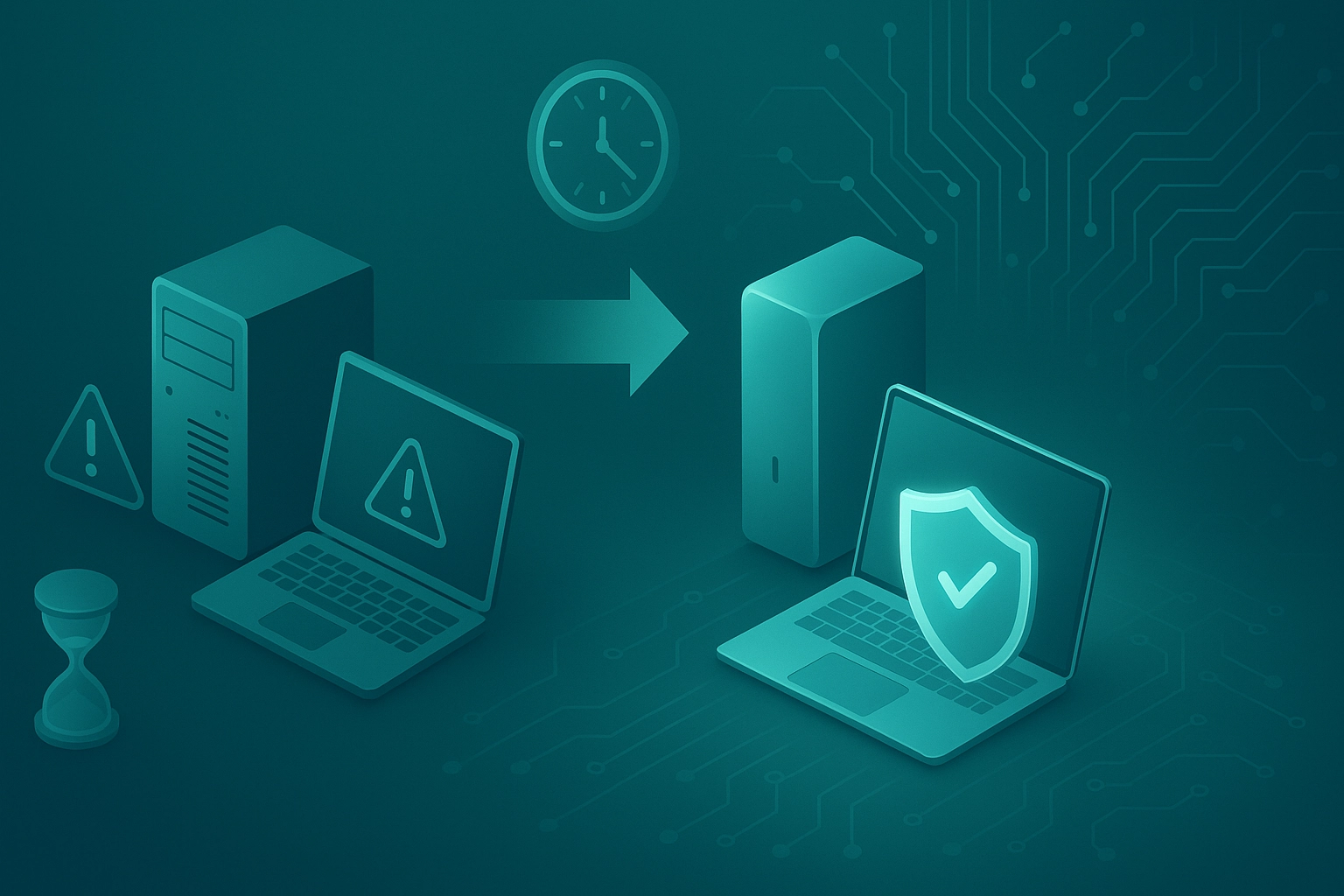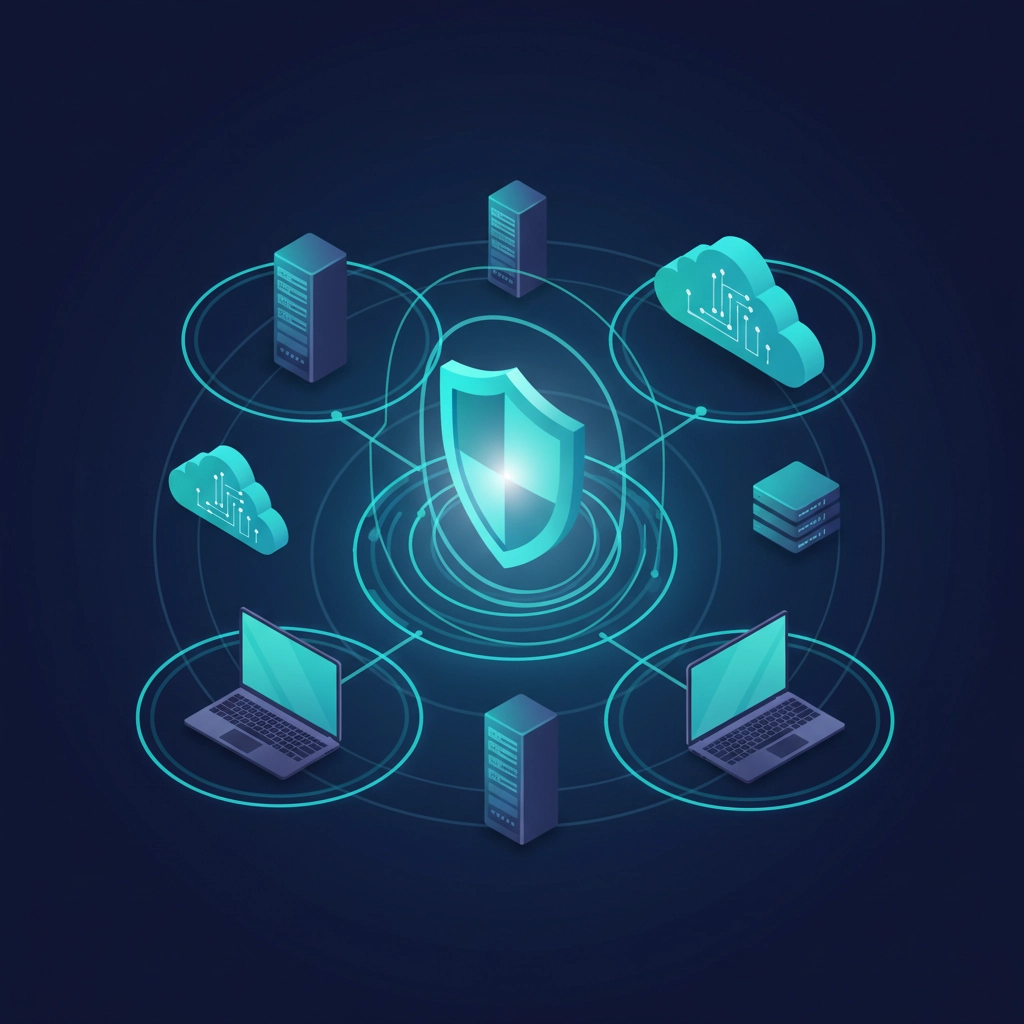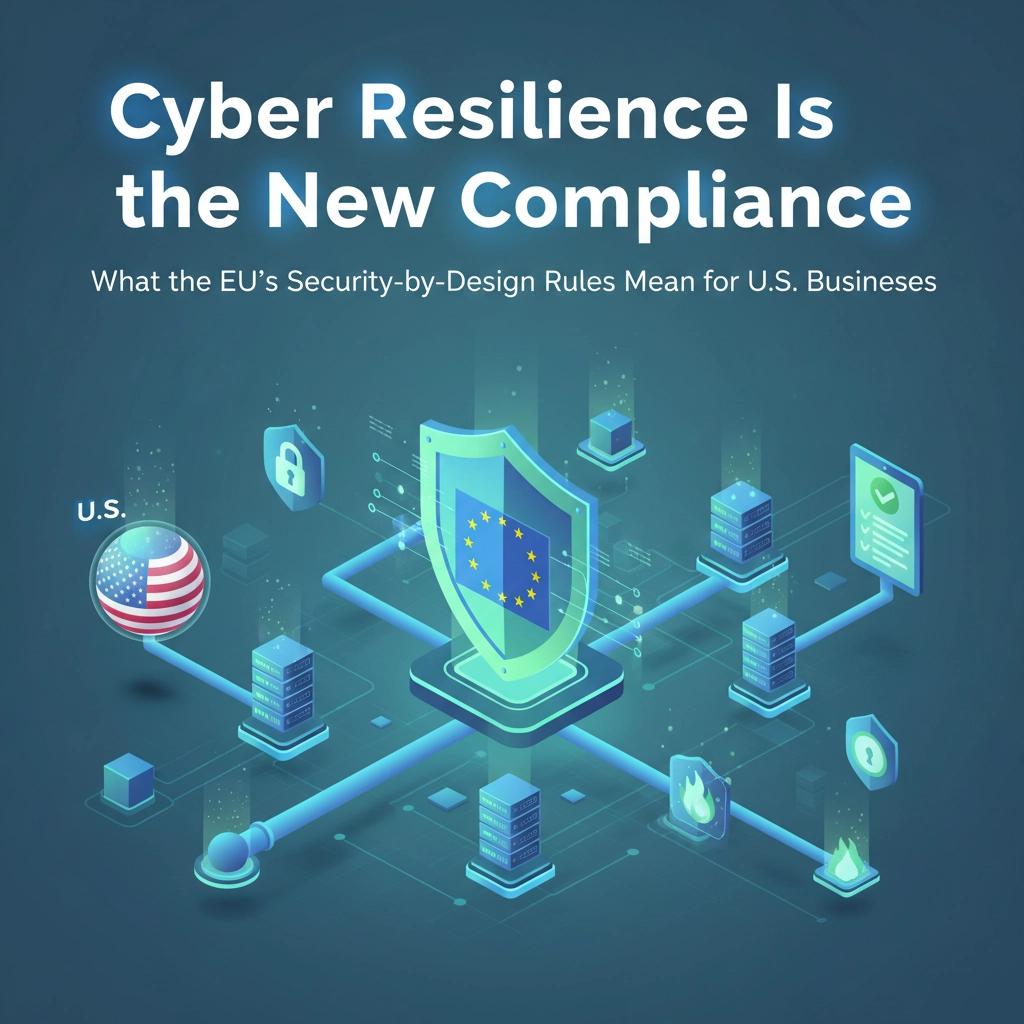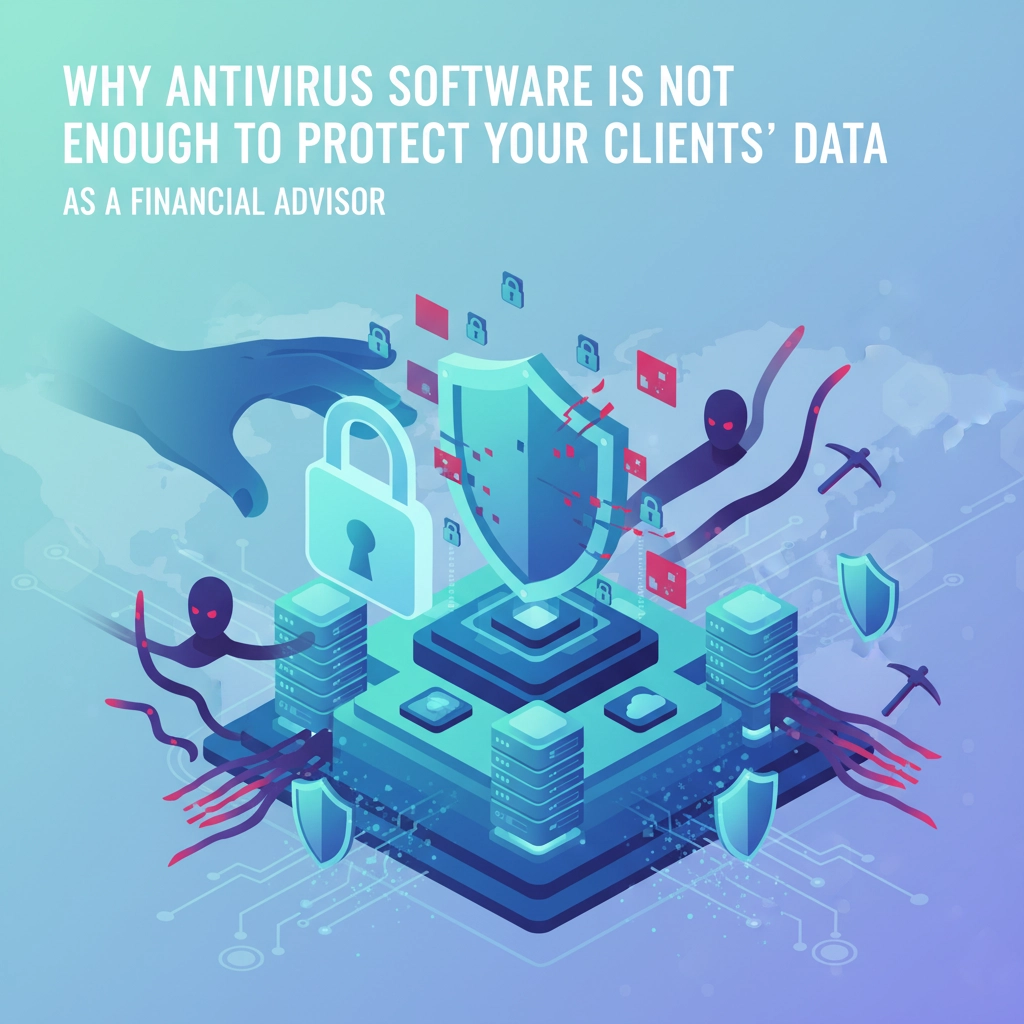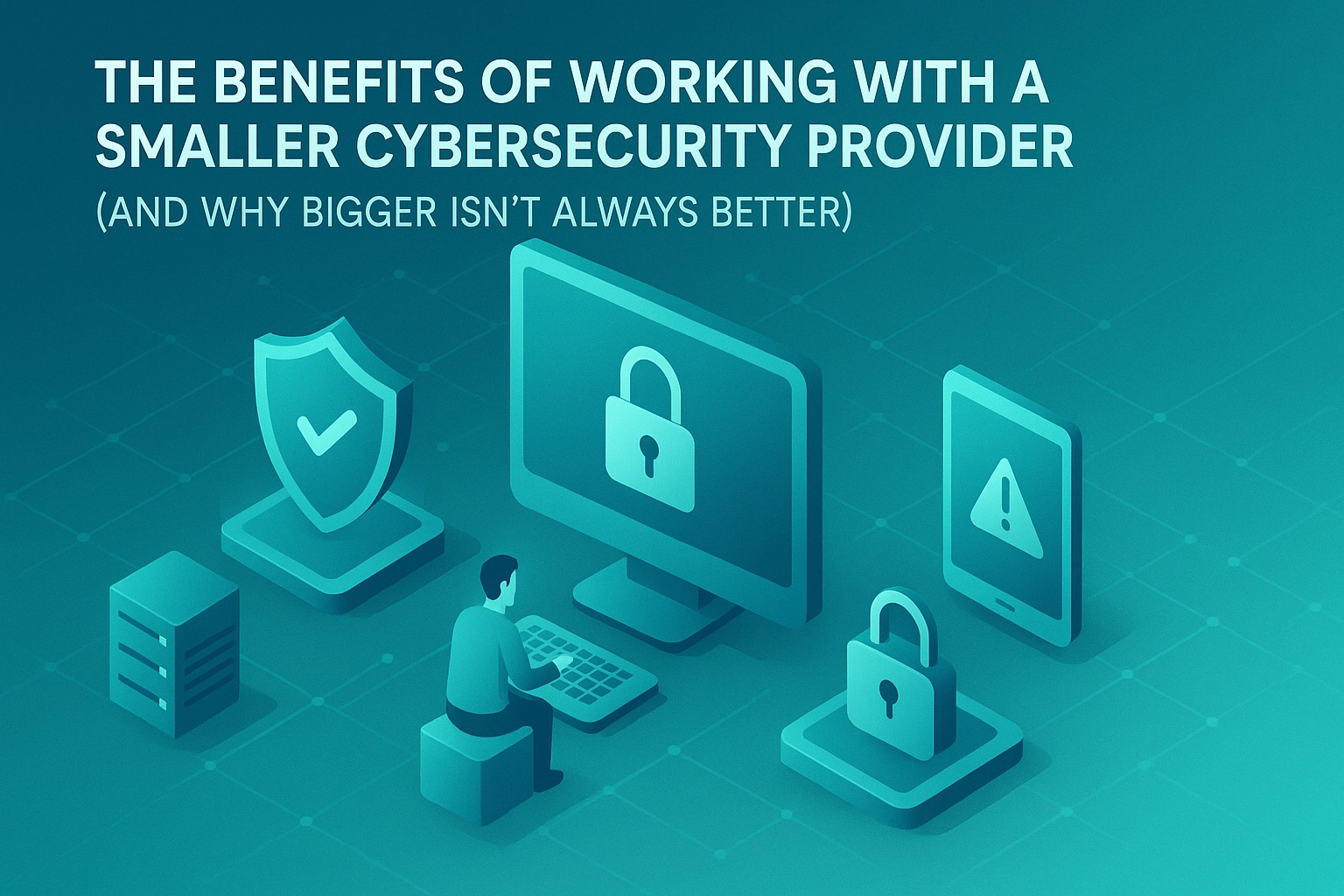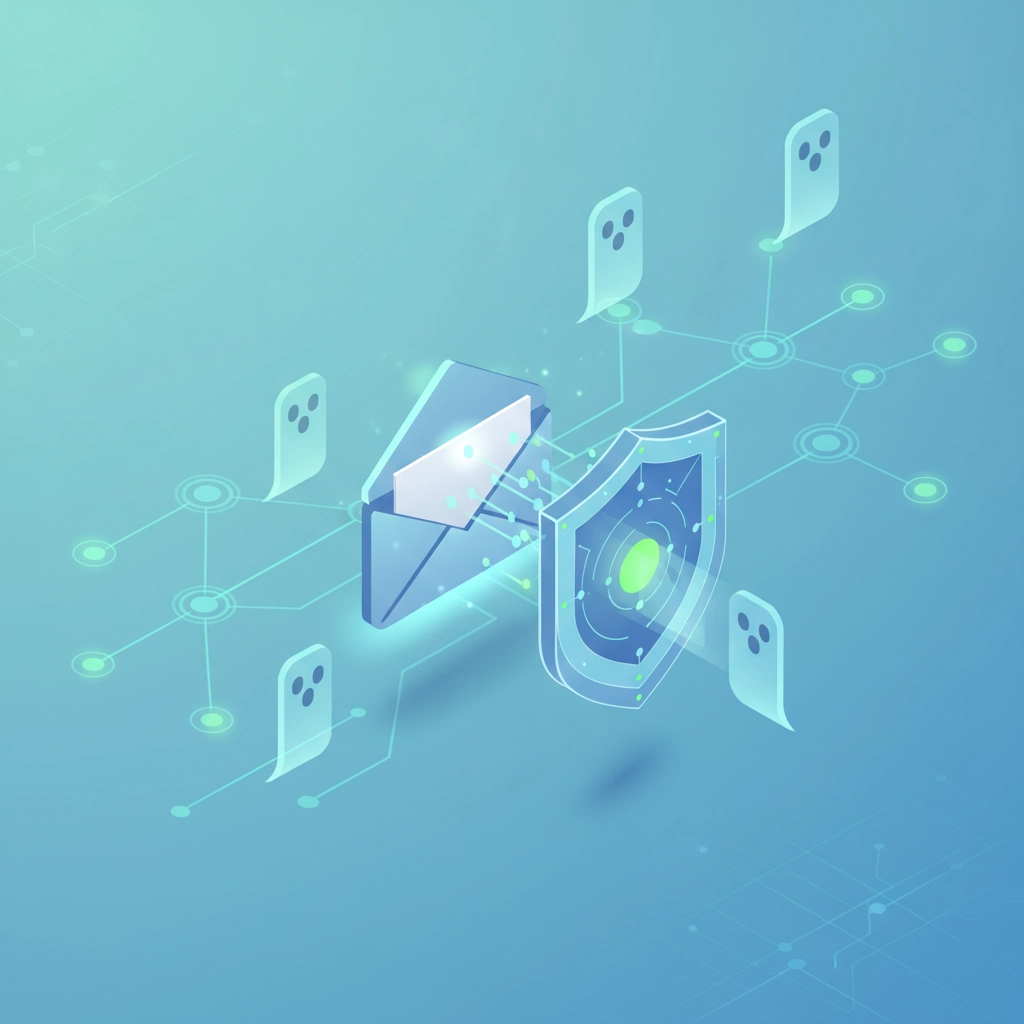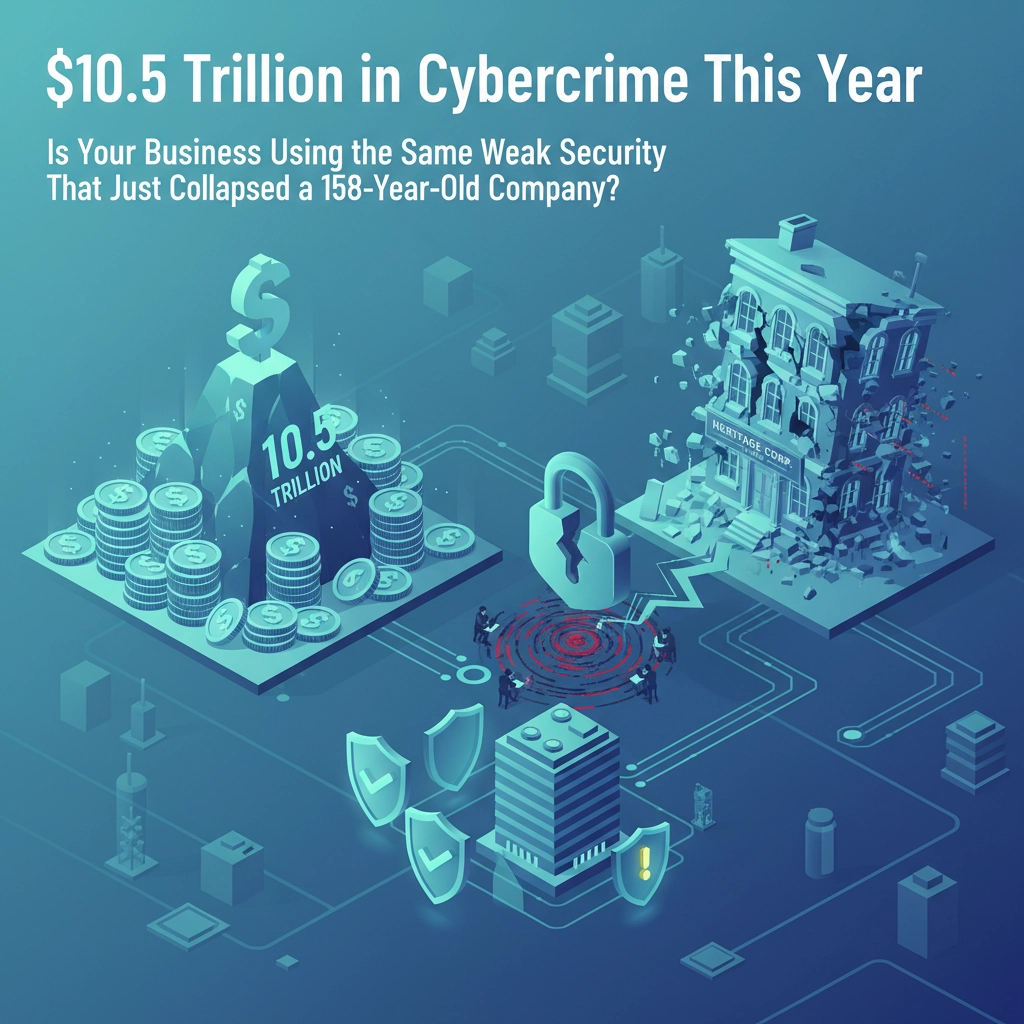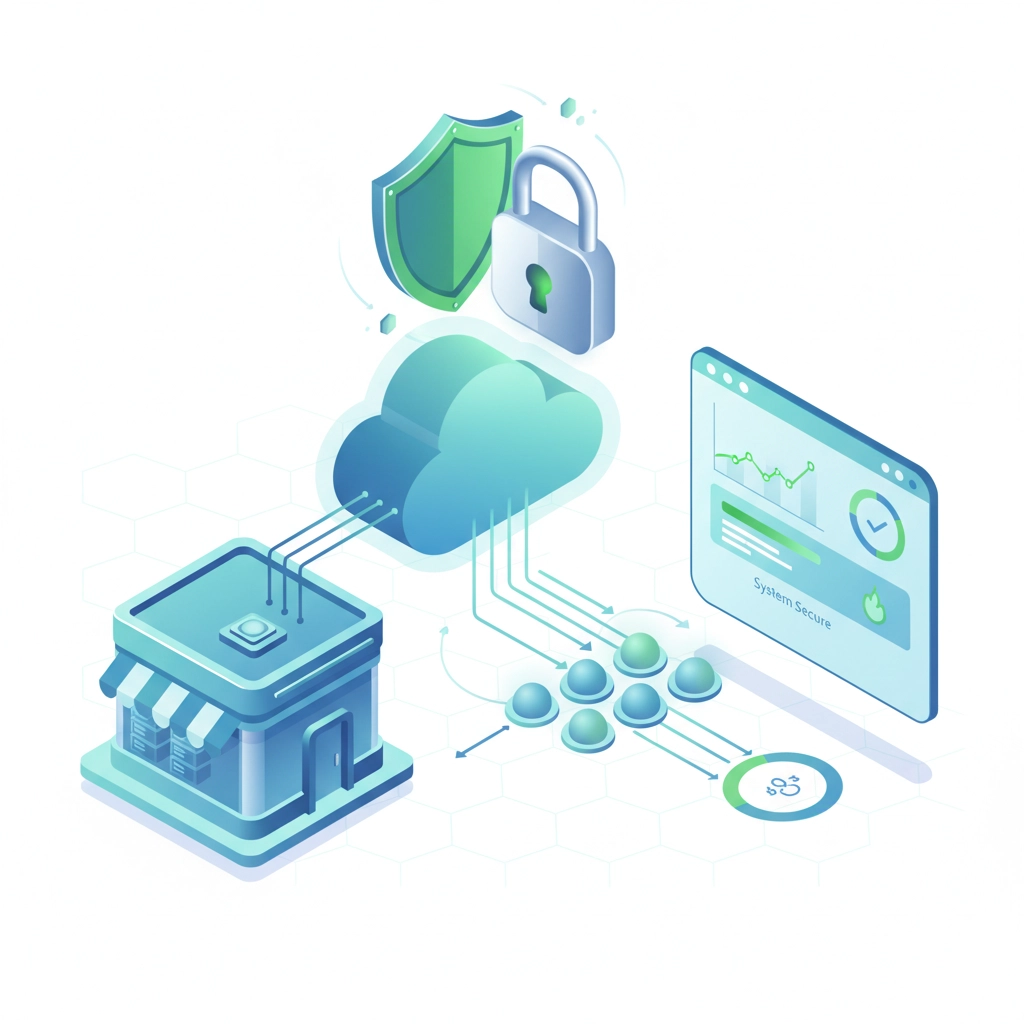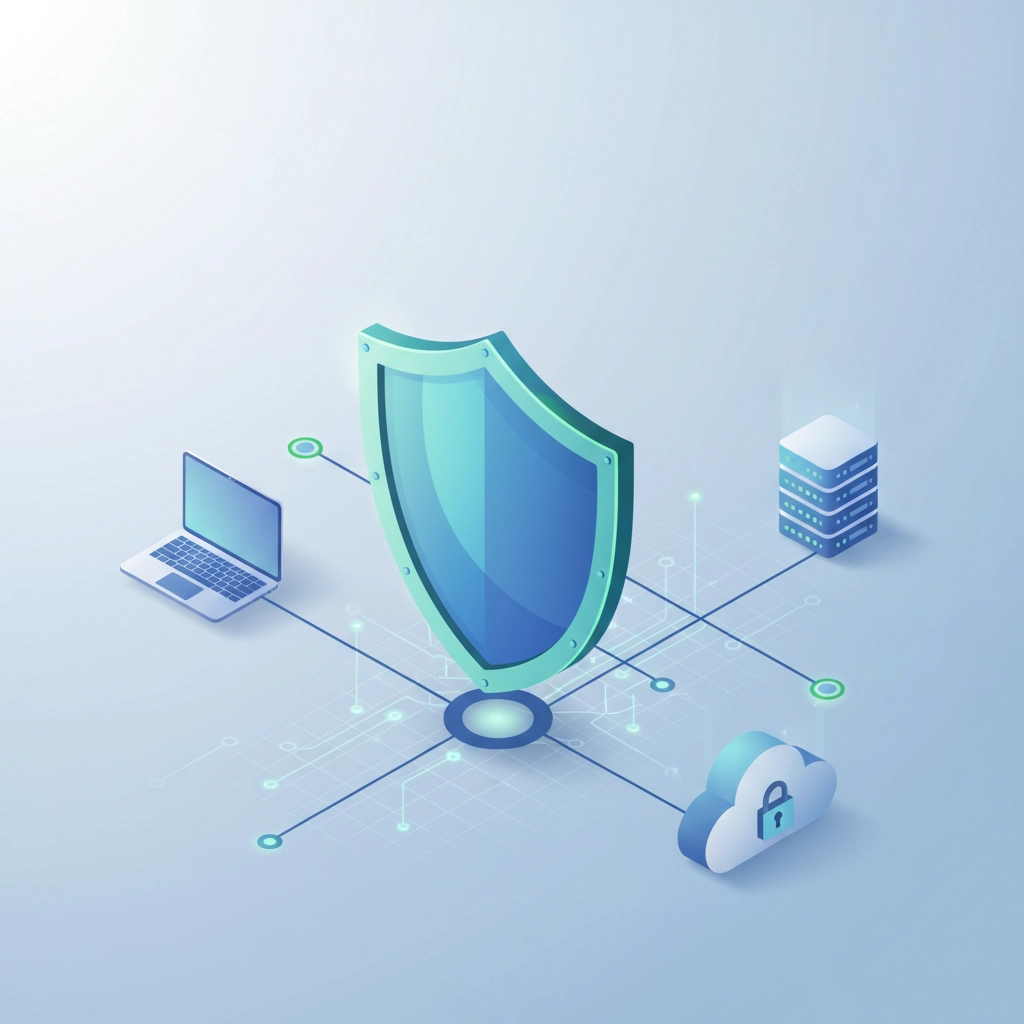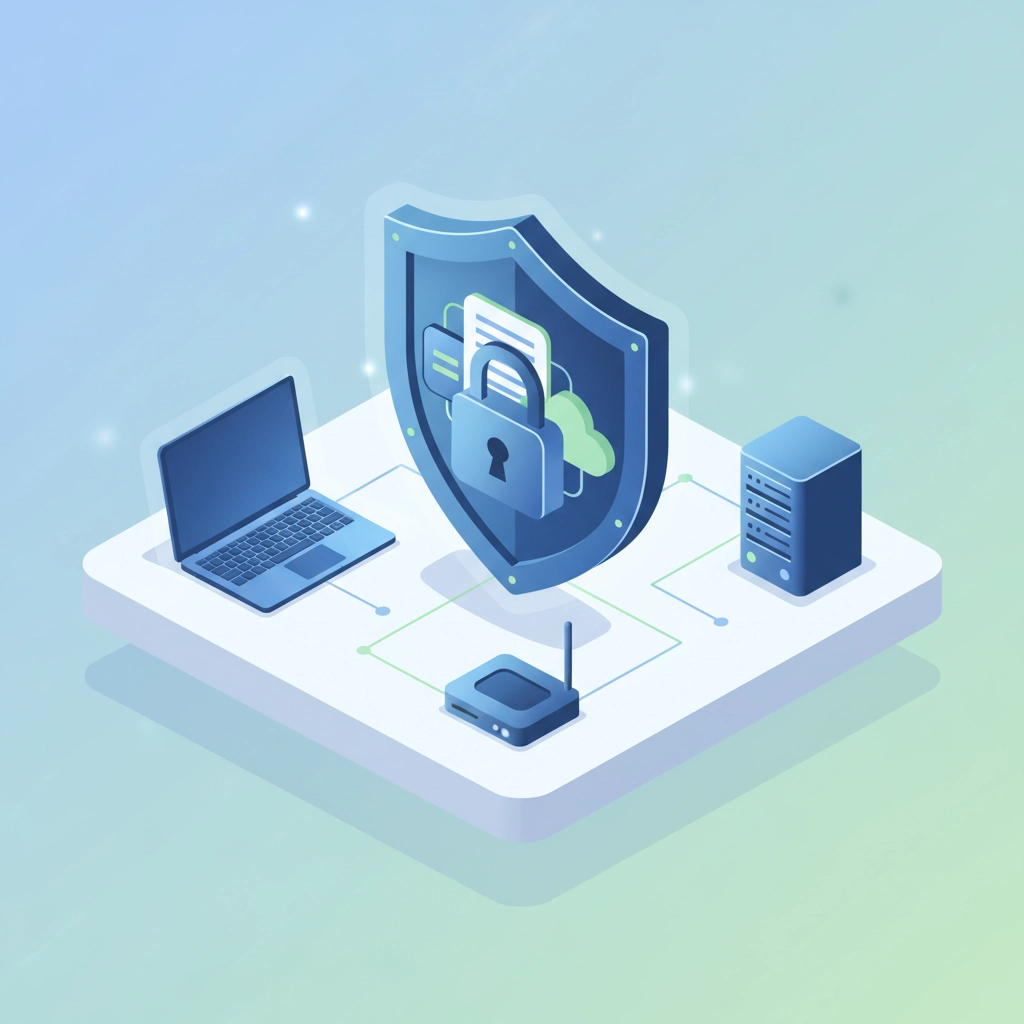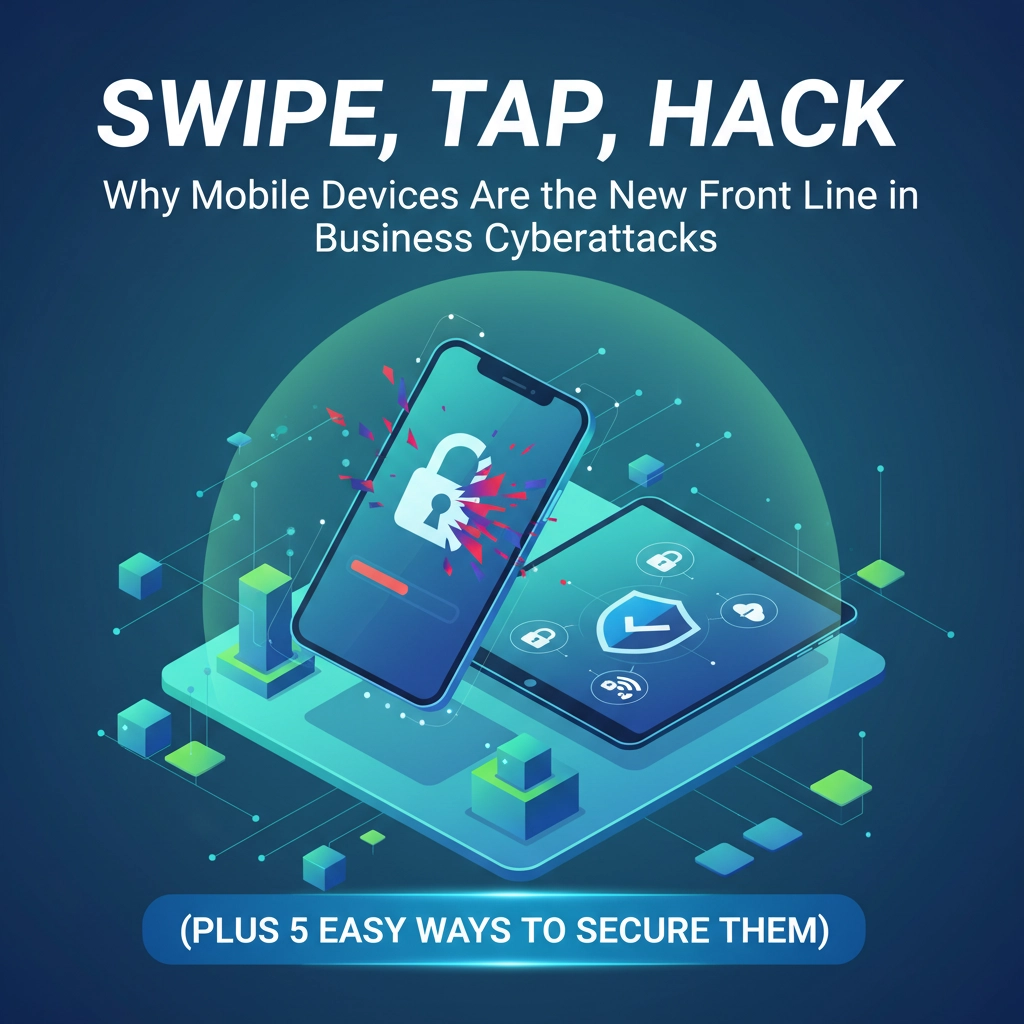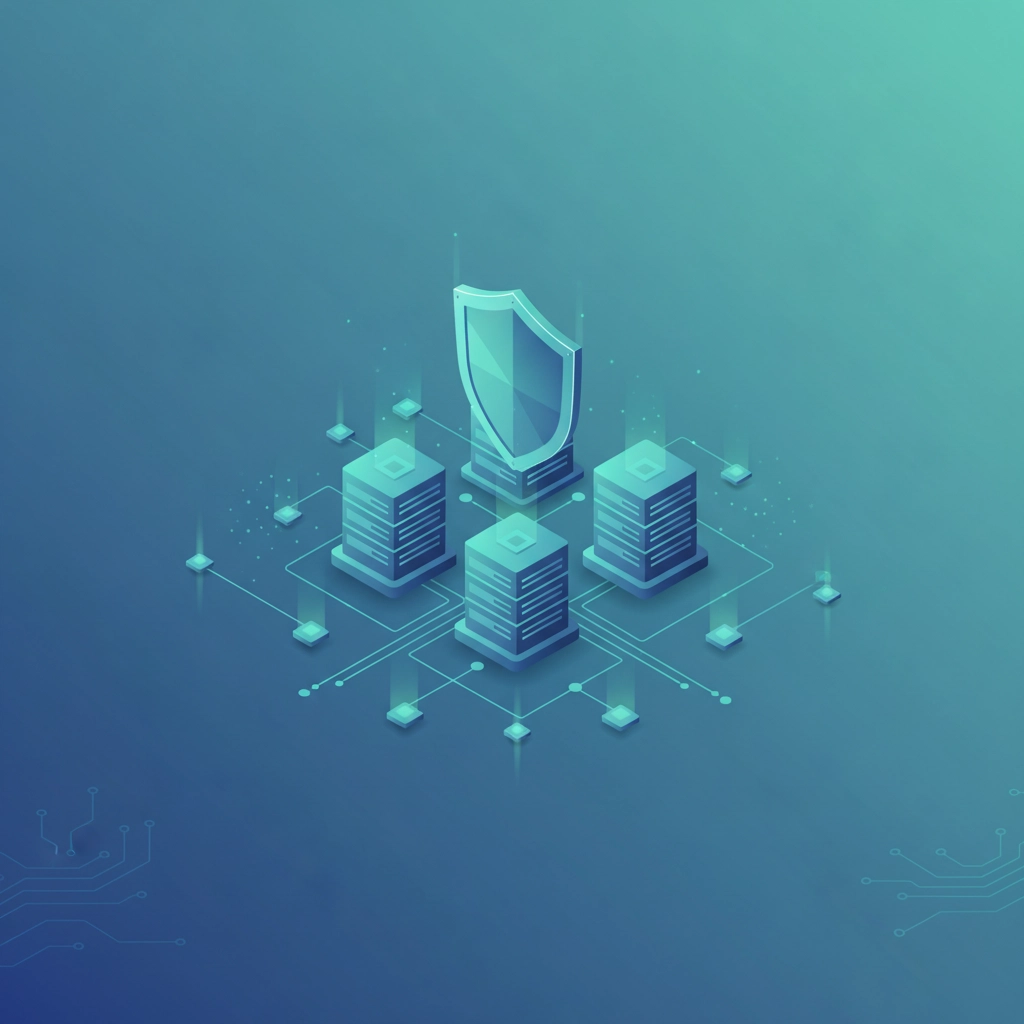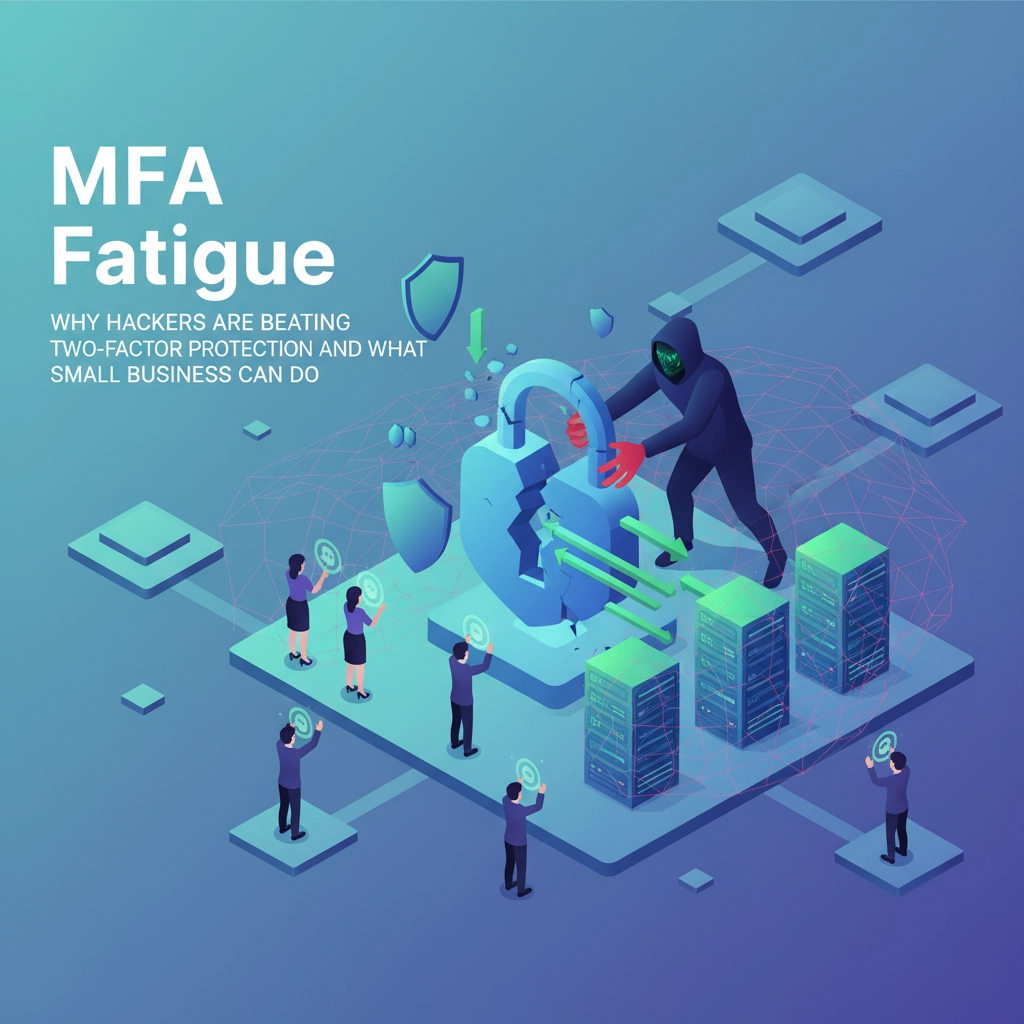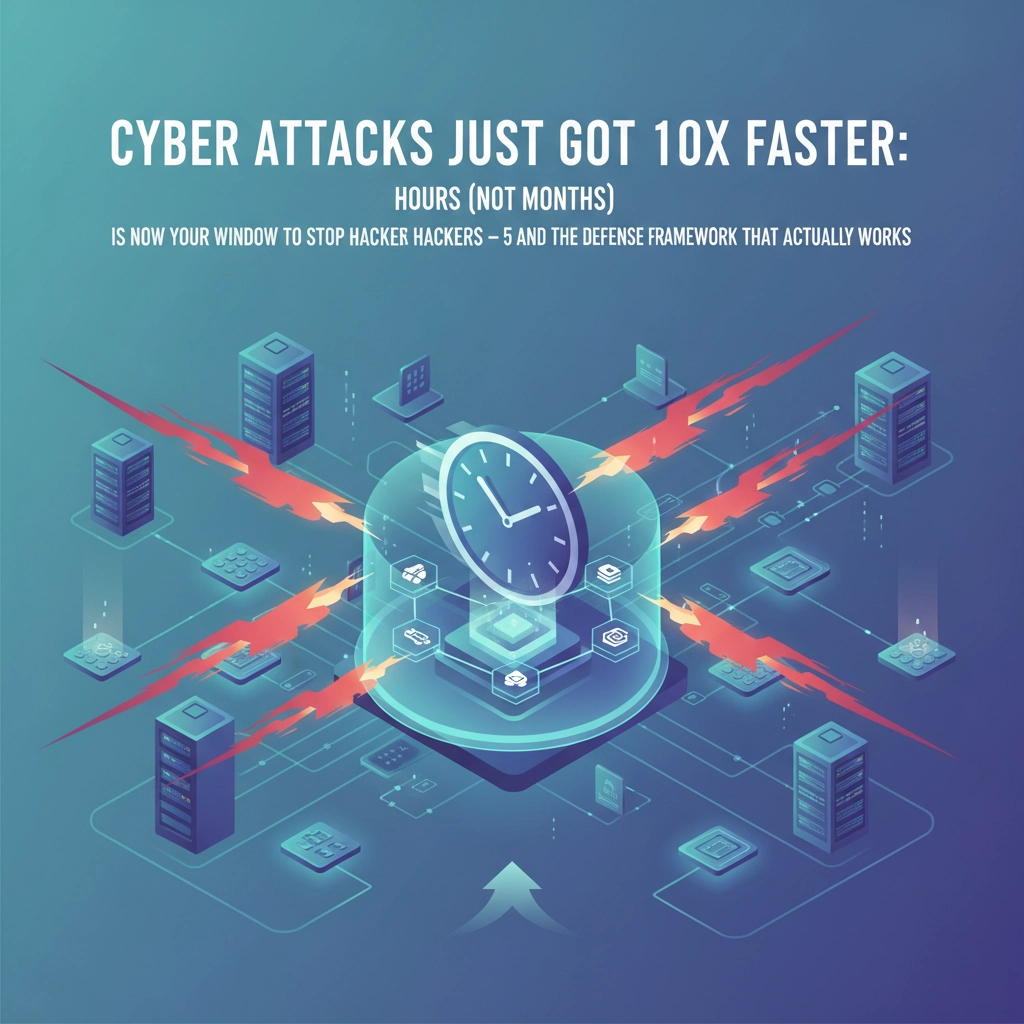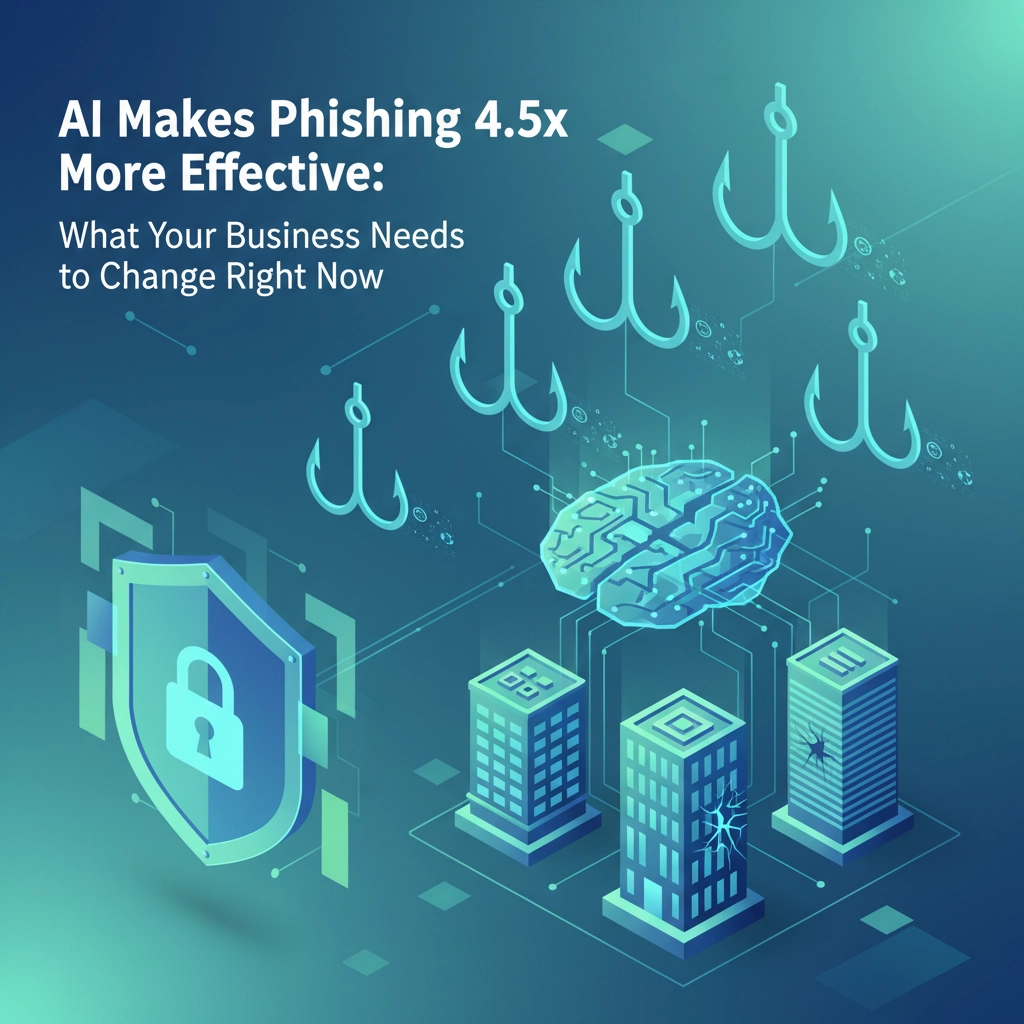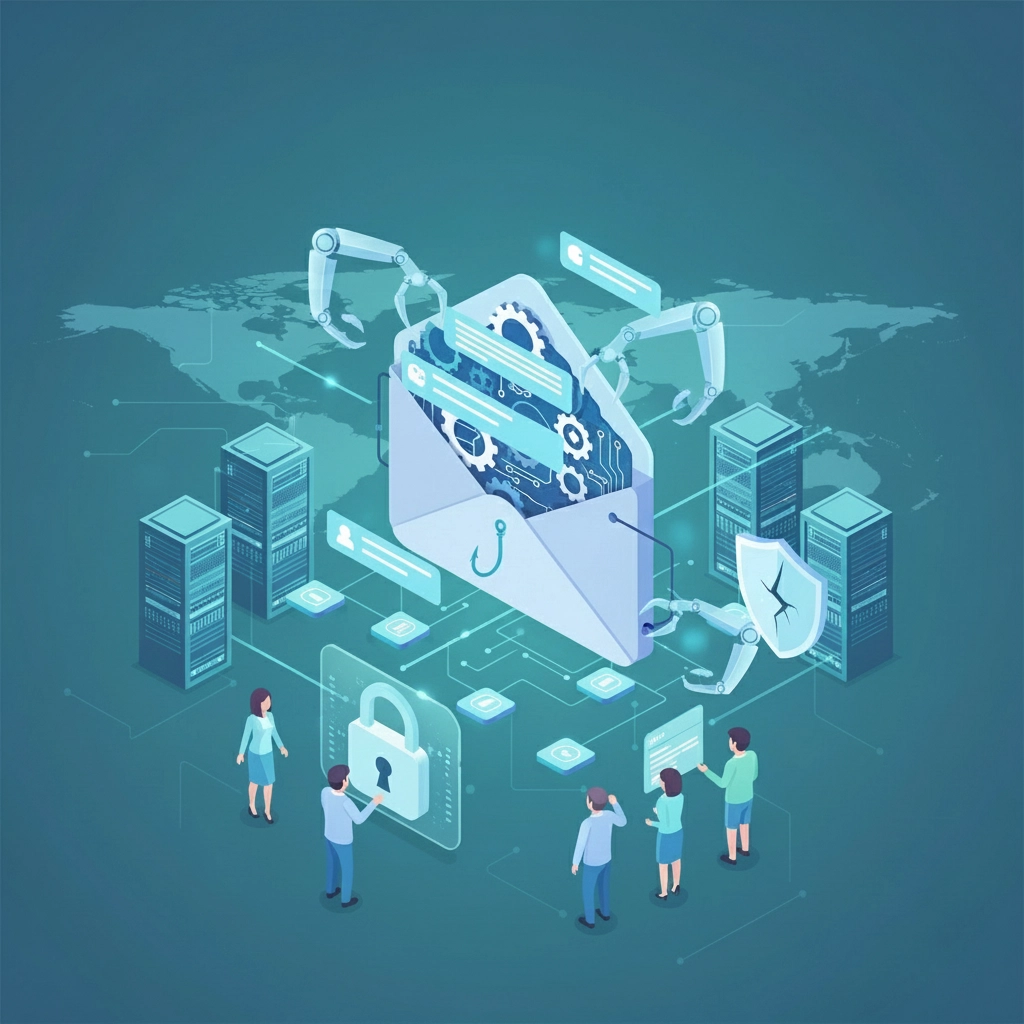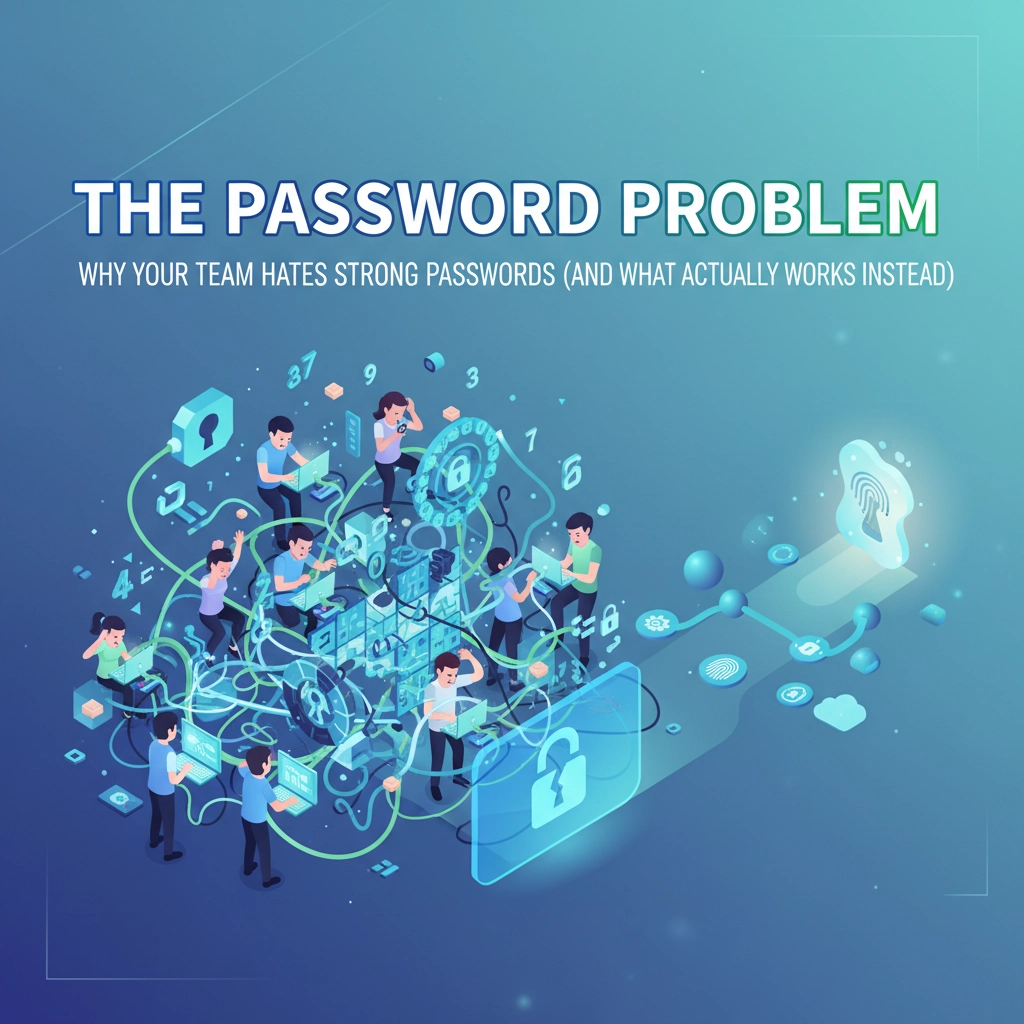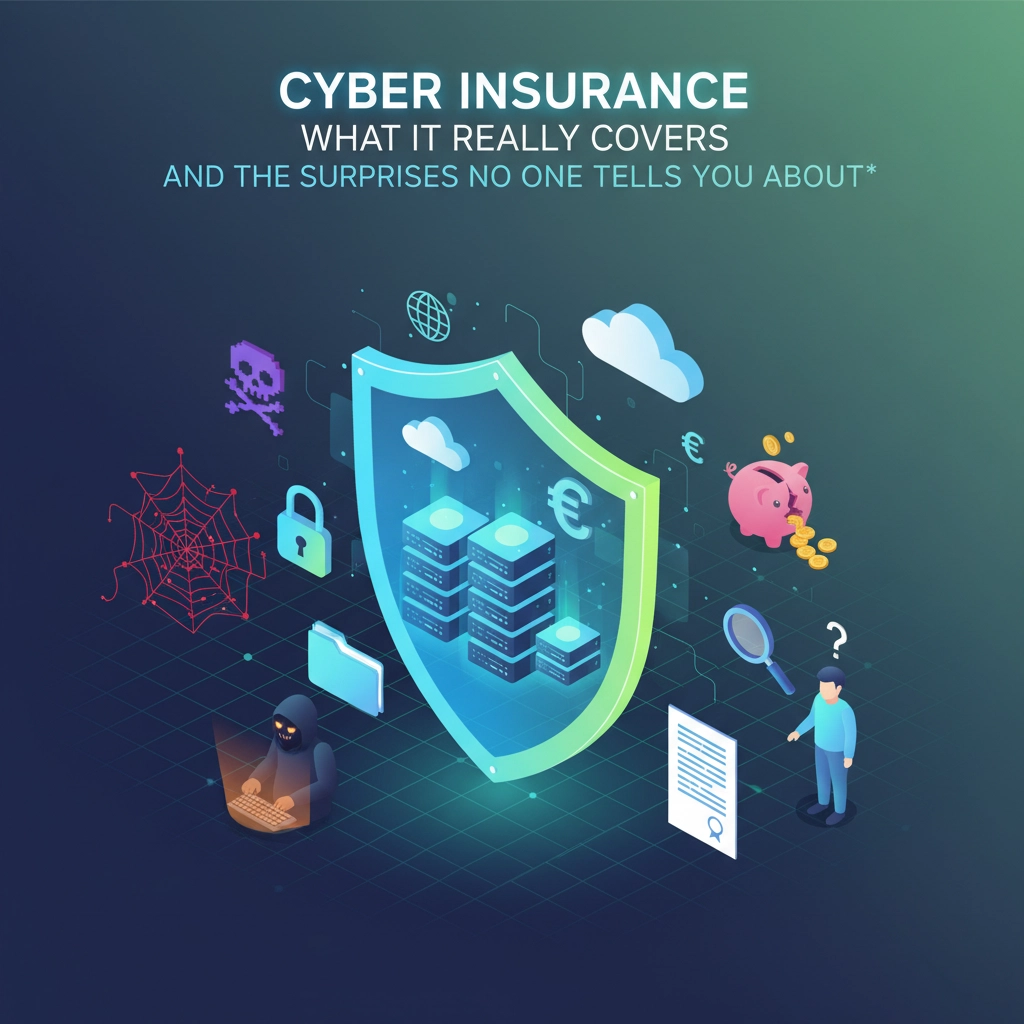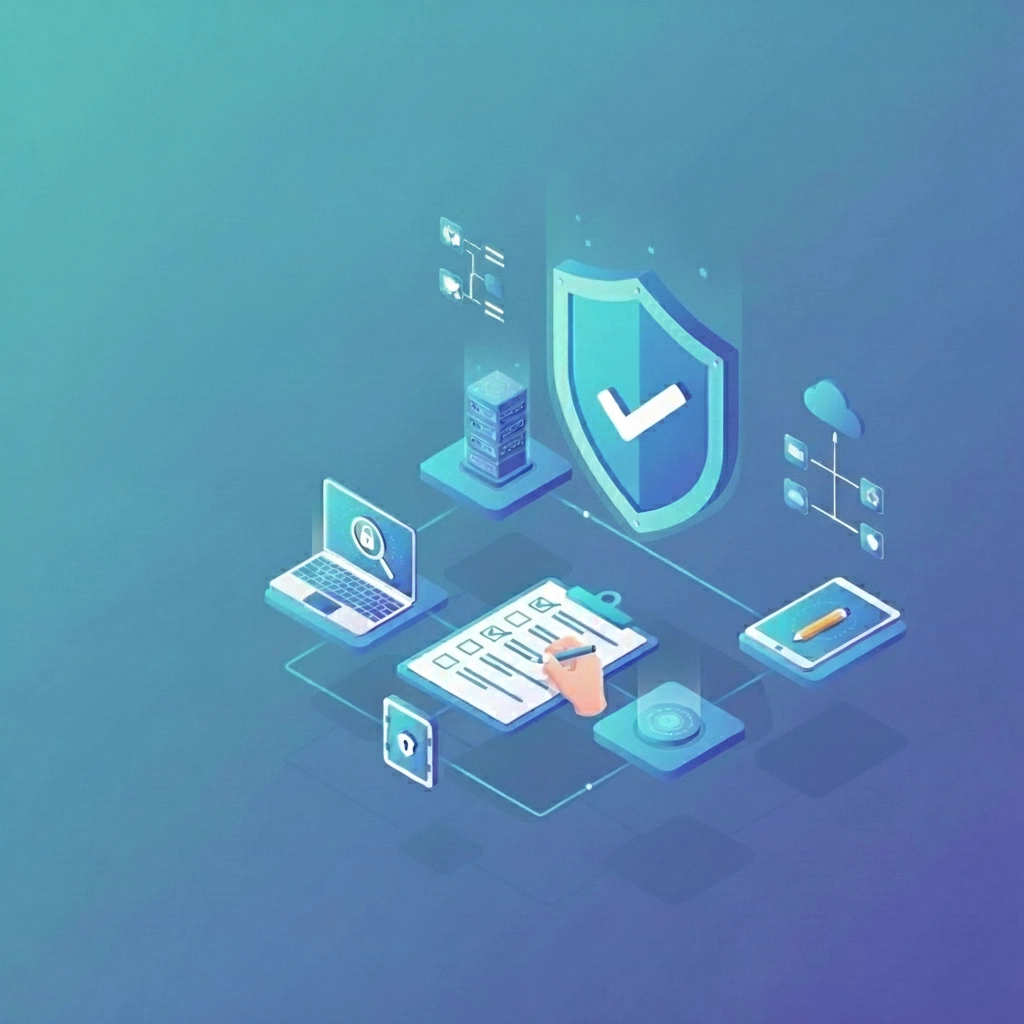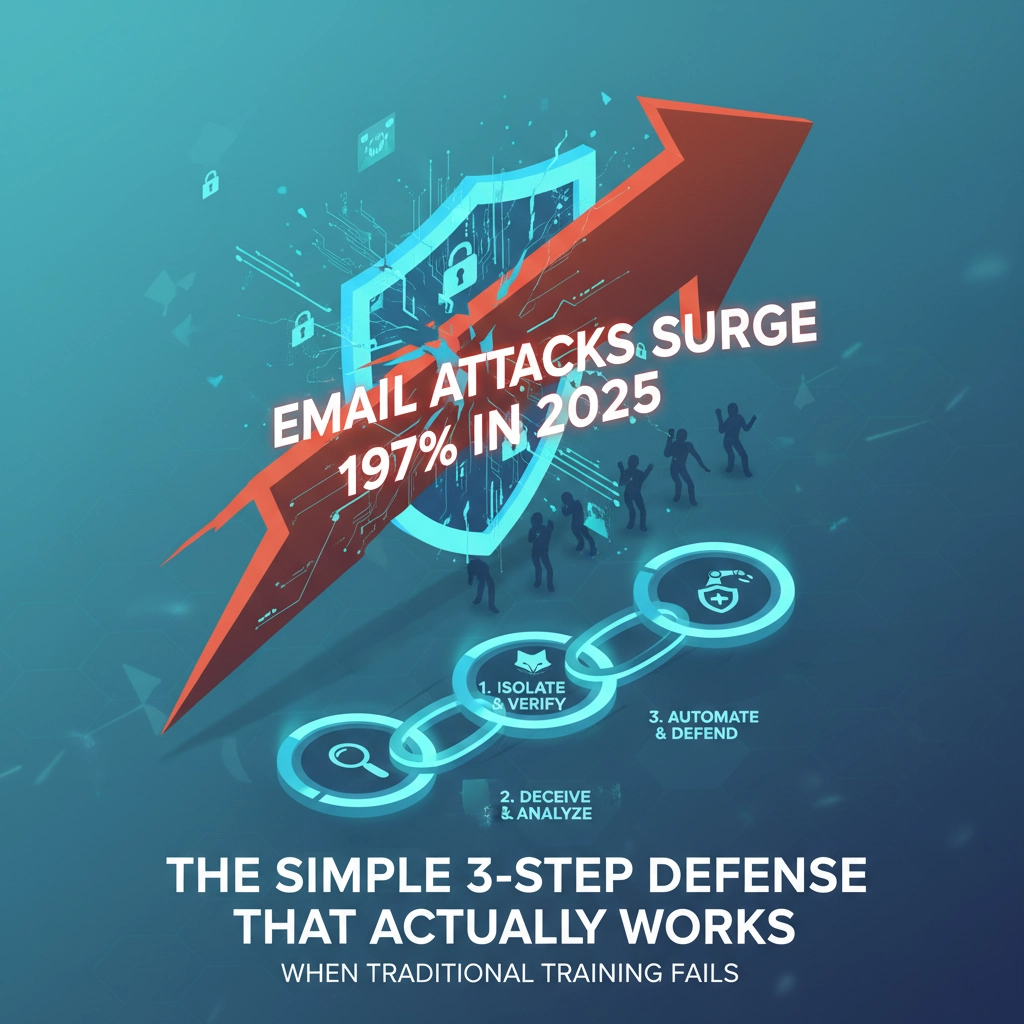Remember when cybercriminals were just lone wolves or small groups trying to make a quick buck? Those days are officially over. In August 2025, something unprecedented happened in the cybercrime world that should make every business owner lose sleep: and then immediately revamp their security strategy.
Three of the most dangerous cybercrime organizations on the planet: Scattered Spider, LAPSUS$, and ShinyHunters: didn't just team up. They formally merged into what they're calling "Scattered LAPSUS$ Hunters" (SLH), creating the first true cybercrime super gang. Think of it as the criminal equivalent of a corporate merger, complete with shared resources, coordinated strategies, and a level of organization that makes traditional incident response plans look like they were written with crayons.
The New Face of Organized Cybercrime
This isn't your typical "hacker alliance" that falls apart after one successful heist. SLH operates like a legitimate business: if that business happened to specialize in ruining other businesses. They've created an "extortion-as-a-service" model that works like a criminal franchise system. Smaller cybercrime groups can pay to access SLH's brand, infrastructure, and expertise.

Each original group brought their A-game to the merger:
- Scattered Spider specializes in social engineering so sophisticated they can talk their way past your best-trained employees
- ShinyHunters automates data theft with scary efficiency and has perfected voice-based phishing attacks
- LAPSUS$ knows how to manipulate media coverage and maximize psychological pressure during extortion campaigns
Combined, they're like having the Navy SEALs, CIA, and a Hollywood PR firm all working together: except they're trying to destroy your business.
The numbers tell the story: Since forming in August, SLH has launched at least 16 different Telegram channels that keep popping back up no matter how many times they get shut down. They've abandoned the traditional dark web forums (like the collapsed BreachForums) and moved everything to Telegram, where they coordinate attacks and basically livestream their victories for maximum psychological impact.
Why Your Current Incident Response Plan Is Already Obsolete
Here's the uncomfortable truth: if your incident response plan was designed to handle the cyber threats of even two years ago, it's about as effective as bringing a knife to a drone fight. The game has completely changed, and most businesses are still playing by the old rules.
Speed Kills (Your Response Time)
Remember when you had days or even weeks to detect and respond to a cyber attack? In 2025, the average time-to-ransom is down to just 17 hours, with some groups like Play, Akira, and Dharma completing their entire attack cycle in about 6 hours. That means by the time most businesses even realize they've been breached, the attackers have already stolen their data, encrypted their systems, and are demanding payment.
Your traditional incident response plan probably looks something like this: detect threat → escalate to IT team → analyze the situation → call security vendor → implement response. By the time you finish step two, modern cybercriminals have already moved on to their next victim.
They've Stopped Playing by the Rules
The biggest shift that's breaking traditional incident response? Cybercriminals have largely abandoned ransomware encryption in favor of pure data theft and extortion. In 75% of recent attacks, criminals are using remote access Trojans (RATs) and abusing legitimate admin tools like ConnectWise ScreenConnect and TeamViewer.
This is genius from their perspective and devastating from yours. They're using your own legitimate software against you, which means they're essentially invisible to most detection systems. Your endpoint detection and response (EDR) tools are looking for malicious software, but the attackers are using Microsoft PowerShell and other tools that are supposed to be there.

Your Data Loss Prevention Is Missing in Action
Here's a stat that should terrify you: nearly 24% of attacks now use infostealer malware, and 22% rely on malicious scripts designed specifically to evade detection. Meanwhile, most businesses have invested heavily in ransomware protection and EDR systems but have barely touched their data loss prevention (DLP) capabilities.
Think about it: if attackers aren't encrypting your files anymore, but instead quietly copying your customer database, financial records, and trade secrets, your ransomware-focused incident response plan is completely useless. You'll be standing there with a fire extinguisher while your house gets robbed.
The New 3-Phase Framework That Actually Works
Traditional incident response follows a linear model: prepare, detect, respond, recover. That worked when attacks were slow and predictable. Modern super gangs require a completely different approach: one that assumes they're already inside your network and focuses on limiting damage rather than preventing entry.
Phase 1: Continuous Threat Assumption (CTA)
The first phase throws out the old assumption that you can keep attackers out. Instead, it operates under the assumption that advanced persistent threats are already in your network, and your job is to find them before they find your crown jewels.
Key Components:
- Deploy behavioral analytics that focus on data movement patterns rather than malware signatures
- Implement honeypots and canary files in critical directories to detect early reconnaissance
- Establish baseline traffic patterns so you can spot unusual data flows immediately
- Create automated triggers that activate when large amounts of data start moving toward external destinations
This isn't paranoia: it's reality. Modern cybercrime super gangs are patient. They'll sit in your network for weeks or months, learning your systems and identifying your most valuable data before making their move.
Phase 2: Rapid Damage Containment (RDC)
When you detect suspicious activity (not if, when), you have minutes, not hours, to contain the damage. This phase is all about speed and automation.
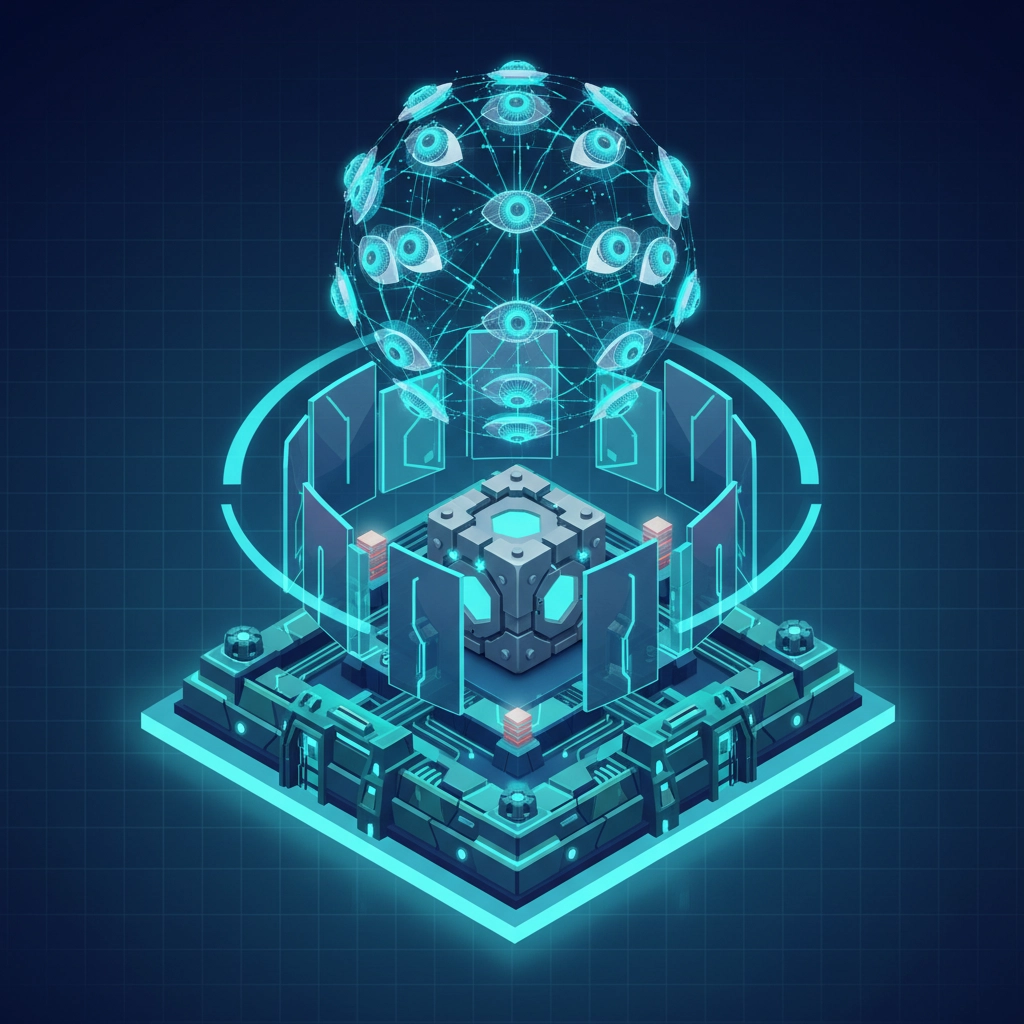
Immediate Actions:
- Automatically isolate affected systems from the network while maintaining forensic integrity
- Implement emergency data flow restrictions that block large file transfers to external destinations
- Activate "vault mode" for critical databases and file shares, requiring additional authentication for access
- Deploy emergency communication protocols that don't rely on potentially compromised internal systems
The goal isn't to completely stop the attack (that might be impossible), but to limit how much damage the attackers can do while you implement your full response.
Phase 3: Strategic Recovery and Hardening (SRH)
This is where most traditional incident response plans fail. They focus on getting back to normal as quickly as possible, which often means restoring the same vulnerabilities that allowed the attack in the first place.
Strategic Approach:
- Conduct attack path analysis to understand exactly how the attackers moved through your systems
- Implement architectural changes that make lateral movement more difficult
- Upgrade authentication systems to require verification for all administrative actions
- Deploy advanced DLP solutions that monitor data movement patterns, not just file types
- Create isolation zones for critical business functions
The recovery phase should make your business stronger, not just functional again.
The Reality Check Your Business Needs
These cybercrime super gangs aren't going away. If anything, we're likely to see more mergers and consolidation as successful criminal organizations realize they can achieve more working together than competing against each other.
Your current incident response plan was designed for a world where cyber attacks were disruptive but not necessarily devastating. In 2025, a successful attack by a group like SLH can literally destroy decades of business reputation overnight. They don't just steal your data: they weaponize it, leak it strategically, and use media manipulation to maximize damage to your brand.
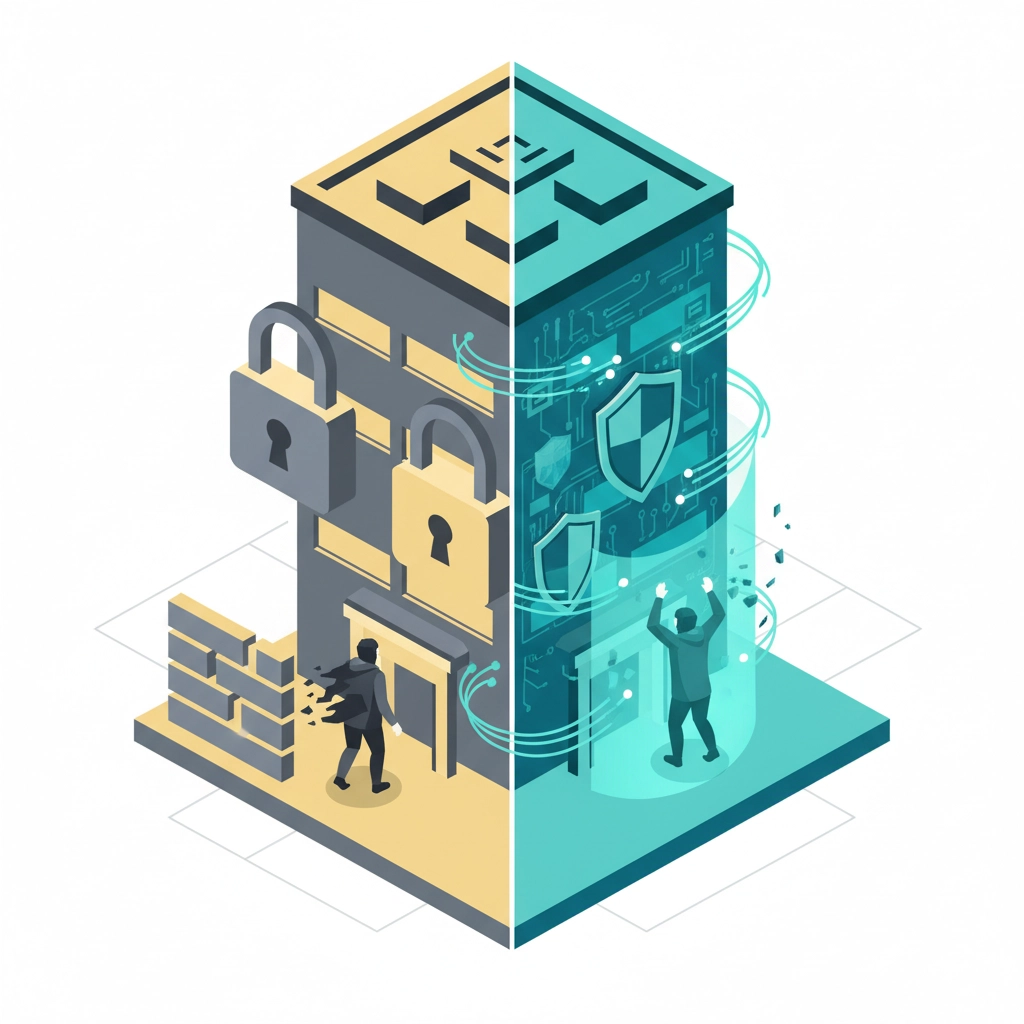
The businesses that survive are the ones that accept this new reality and adapt accordingly. That means moving beyond traditional cybersecurity thinking and embracing incident response strategies designed for an era of organized, sophisticated, and relentless cybercrime.
Your Next Move
If you're reading this and thinking about your current incident response plan, here's what you need to do right now: test it. Not with a theoretical tabletop exercise, but with a realistic scenario involving data exfiltration by attackers who are already inside your network and using your own tools against you.
Chances are, you'll discover some uncomfortable gaps.
At B&R Computers, we've been tracking these emerging threats and helping businesses implement modern incident response frameworks designed for the reality of 2025's cyber landscape. We've seen firsthand how the traditional approaches fail against organized cybercrime groups, and we've developed practical, actionable strategies that work.
Don't wait until you're the next victim making headlines. Contact us today for a comprehensive review of your current incident response capabilities and a realistic assessment of how they'll perform against modern threats. Because in the fight between your current security plan and a cybercrime super gang, you want to make sure you're not bringing a knife to a drone fight.
The cyber war has evolved. Make sure your defenses have too.





